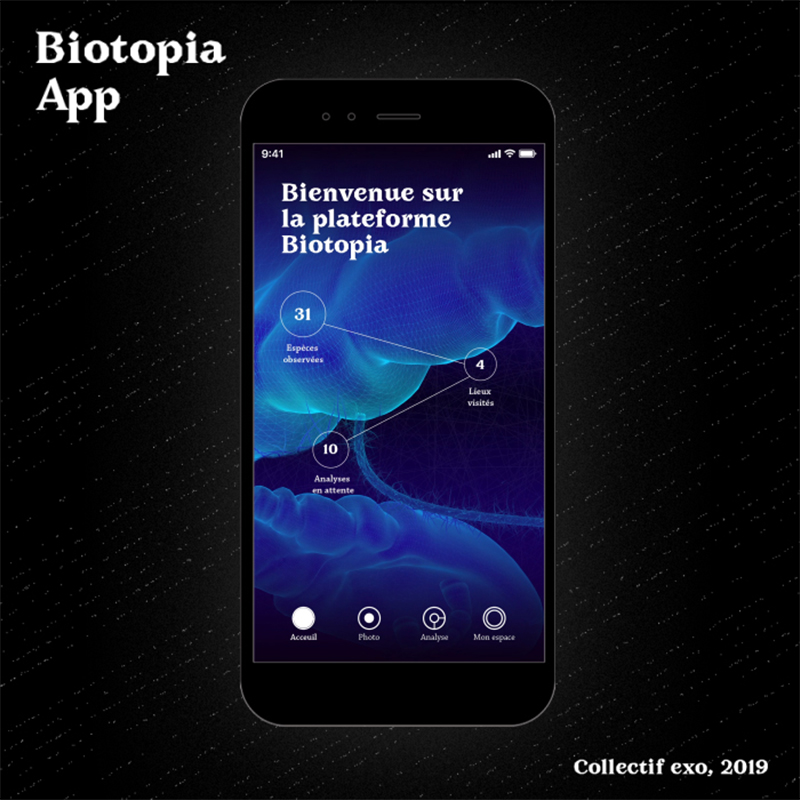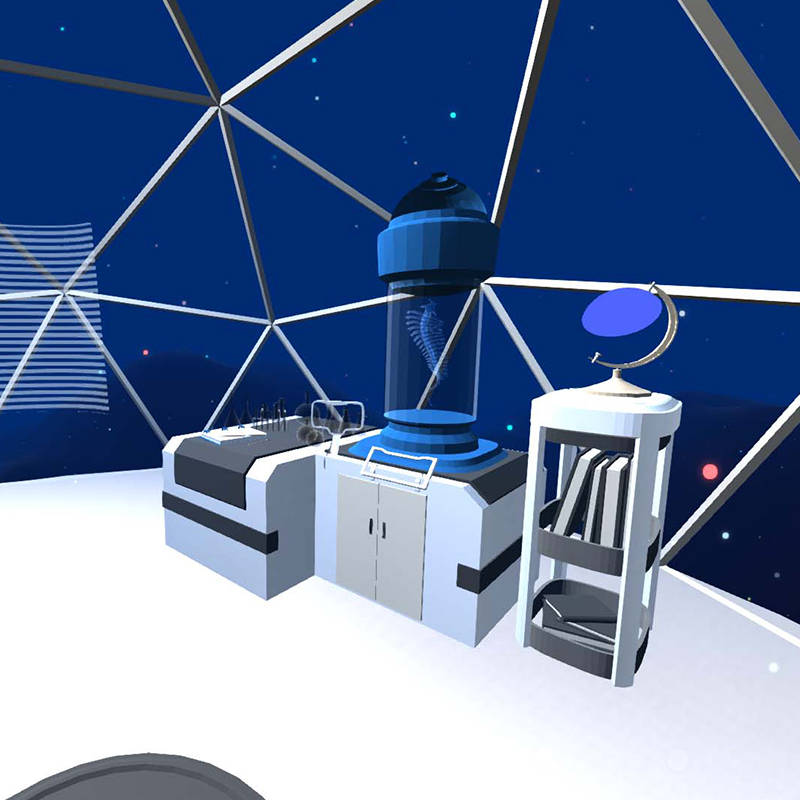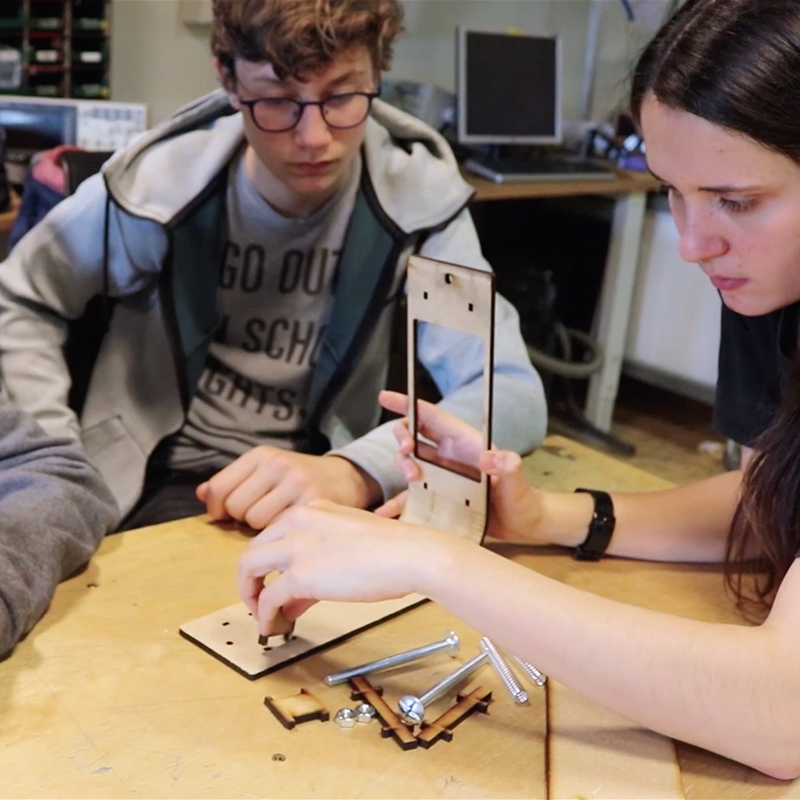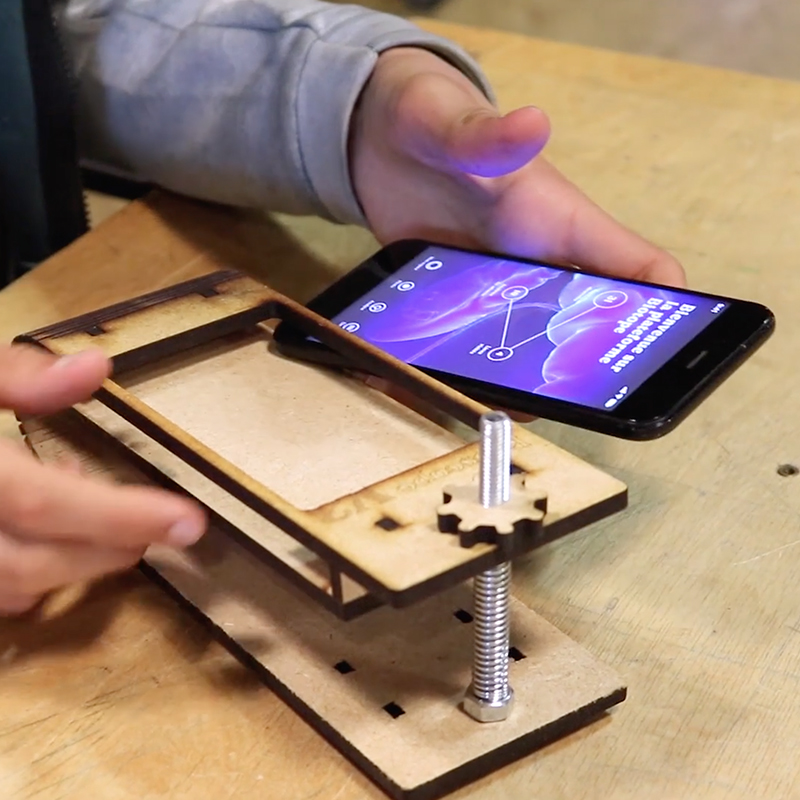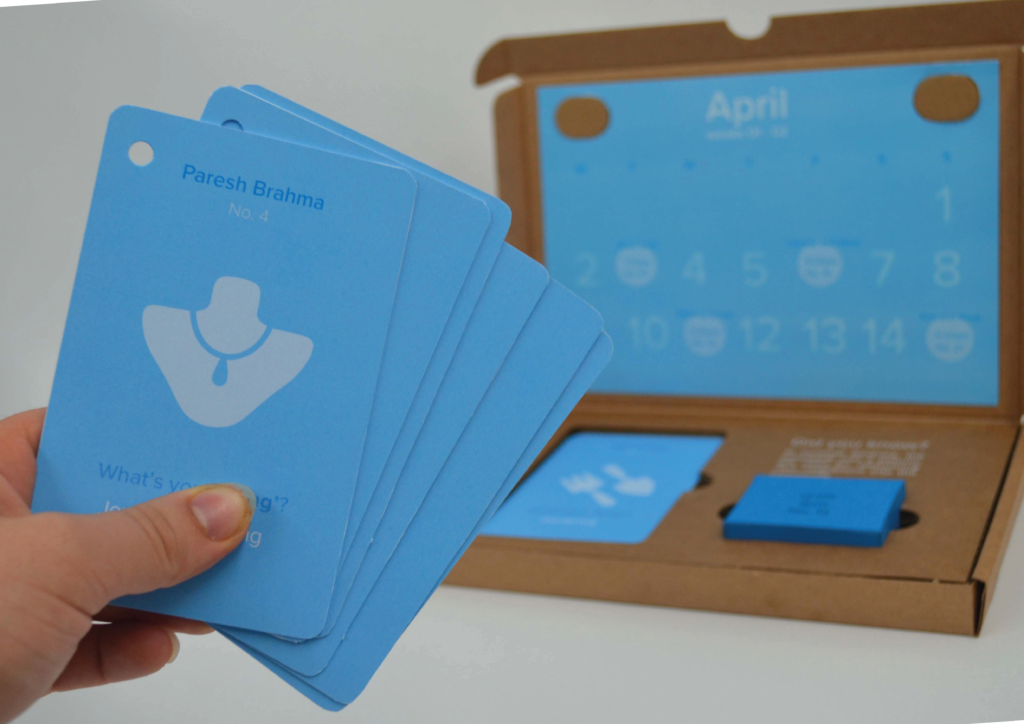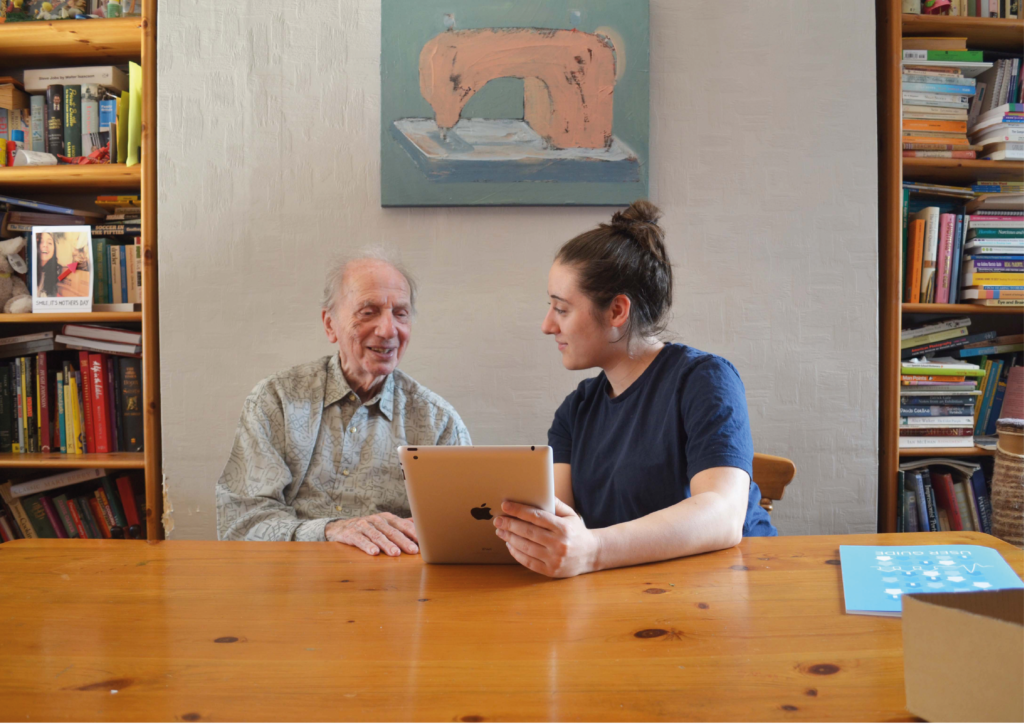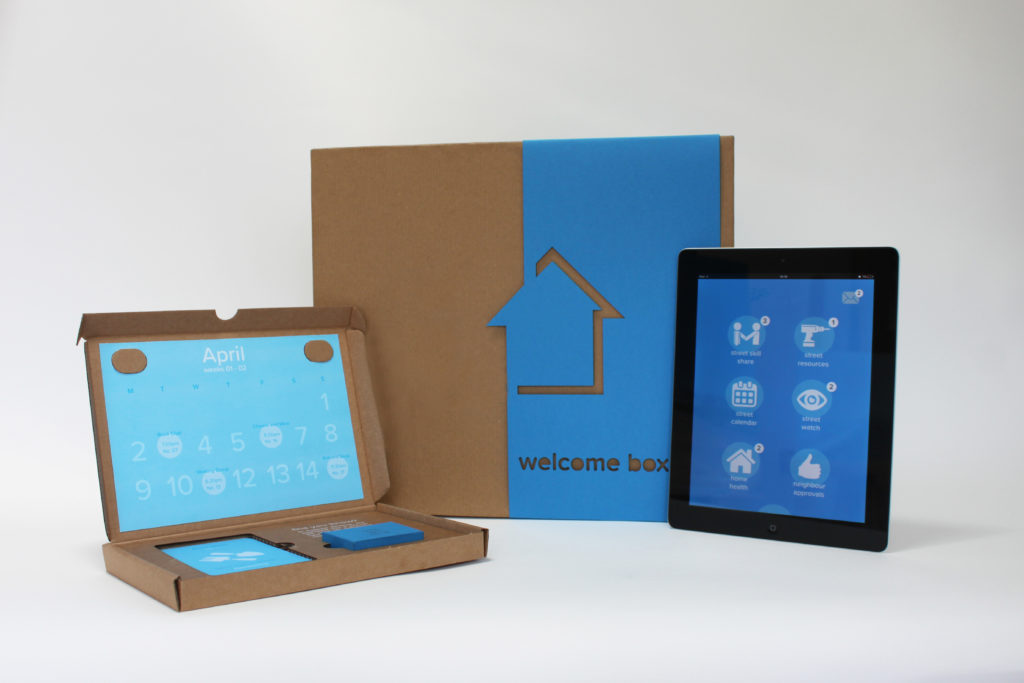WantedDesign is a platform dedicated to promoting design and fostering the local and international creative community throughout the year.
Conscious Design Awards: Best Design Student Projects 2020
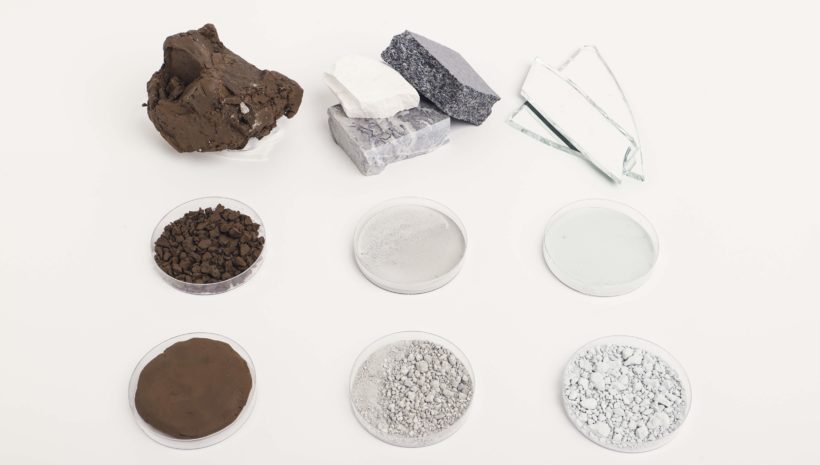
Conscious Design Awards: Best Design Student Projects 2020
Supporting design students who are experiencing a great challenge in graduating and starting their professional lives in the context of this pandemic is one of WantedDesign’s top priorities.
As most schools have a digital presentation of their student projects available, WantedDesign maintained its annual “Conscious Design” Best Student Projects Awards and opened it to all schools that planned to be part of WantedDesign Manhattan and Brooklyn 2020 (see the list), giving the students an opportunity to share their work.
“The jury was blown away by the quality of projects submitted for this year’s WantedDesign Student Design Awards. Representing graduation projects from some of the best design programs around the world, these projects are a testament to visionary teachers and hardworking students everywhere. This year, design students everywhere are graduating into a challenging professional and economic landscape, in a world where a global pandemic is compounding the existing issues of climate change and inequity. However, it is also a world where the skills and attitudes they have demonstrated in these projects will be more important than ever.
Design can help make society more just, equitable, and sustainable—and we will need great designers with fresh ideas as the world rebuilds from this year’s tragedies. If the winners of the WantedDesign Student Design Awards go on to be just as conscientious and empathetic in their professional careers as they have been in their school projects, our future is in good hands!” – Avinash Rajagopal
“Reviewing the student projects was inspiring and encouraging. It was inspirational to see the talent and vision these students have. It was encouraging to see the interest and conviction they have to make this a better place. The projects all focused on improving the environment or the social economic status.” – Roxane Spears
And the Winners are…
“In selecting the winners, the jury paid close attention to the process, the outcomes, and the presentation. The projects that stood out were the ones that followed a rigorous, multidimensional process to achieve great outcomes. The clear, well laid out presentations were also important, indicating that the student designers had distilled their thinking about whatever concerns they’d chosen to address—whether it was caring for older people dealing with diabetes or helping firefighters make better decisions.” – Avinash Rajagopal
Original Concept and Design:
Mitja Behnke, Strate – School of Design (France), with InEurope – A Manifesto for Solidarity Borders
Sustainable Solution:
Jordyn Aamot, ArtCenter College of Design (USA), with Enliven
Sara Howard, Central St Martins (UK), with Circular Ceramics
Project with Social Impact
Isabel Cano Anaya, CENTRO (Mexico), with Piccolo: the diabetic bunny
Theodore Scoufis, SVA (USA), with FireLink: Fighting Fire with Data
Ready to Be Implemented
Nathan Agranat, Solène Lombard, Sylvie Nguyen, Paris Institue of Art and Design, Ecole Estienne (France), with Biotopia
Honorable mention to Fernando Barrios, Naoto Ricardo Kobayashi Utsumoto, Rafael Brizuela, Viridiana Palma Dominguez, Aniela Mayte Guerrero Hernández, Oscar Méndez H., Tecnológico de Monterrey (Mexico), for their project Solar.
Honorable mention to Charlotte Liebling, Central Saint Martins (UK) for her Welcome Box project.
The Best Conscious Design Award goes to:
Julia Liverton, Pratt Institute (USA), with HanD Pen
Best Conscious Design Award:
Julia Liverton, Pratt Institute (USA), with HanD Pen
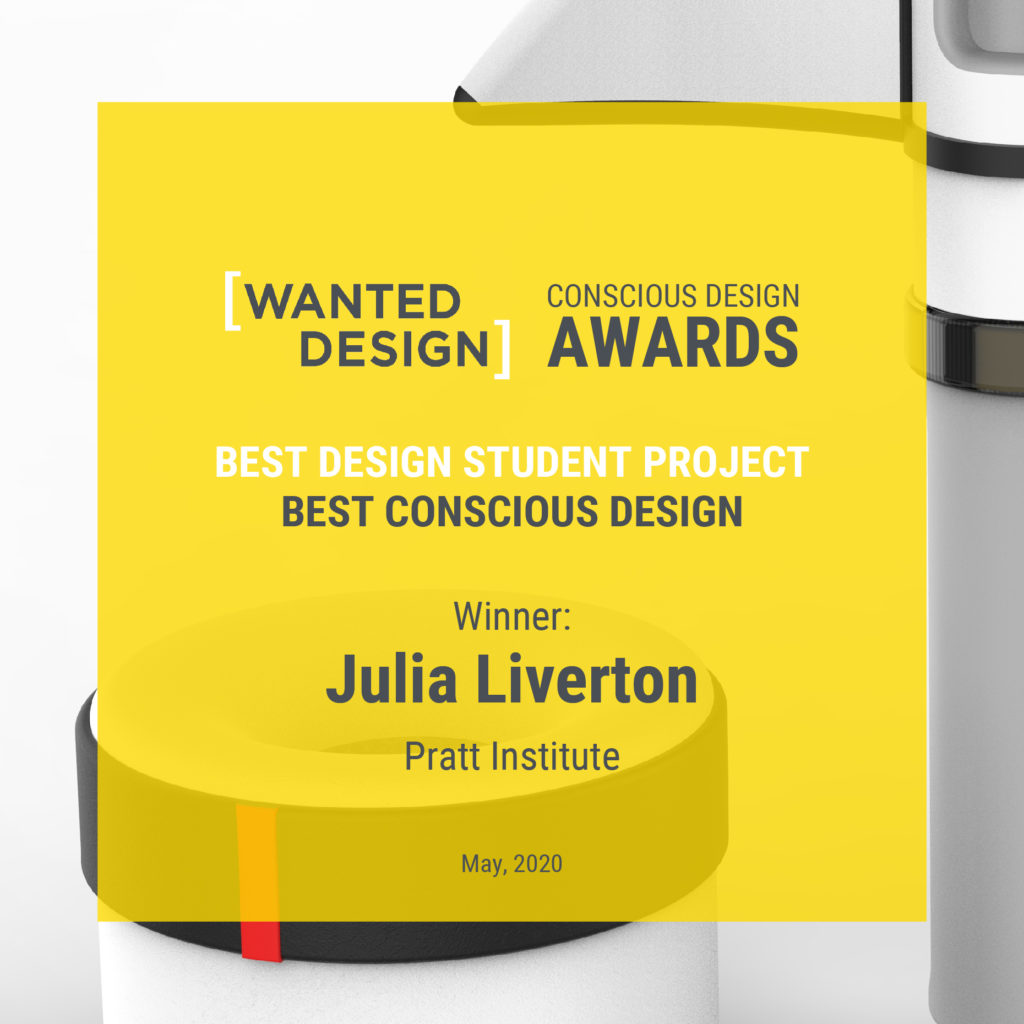
“By addressing a situation that causes pain and discomfort to almost 50 million adults in the United States every day, Julia Liverton proves how much we still need good product design. Every aspect of her HandD pen is informed by empathetic engagement with aging people who live with both diabetes and arthritis. It could make a huge impact in the daily routines of thousands of people.” – Avinash Rajagopal
HanD Pen: An insulin pen for aging individuals living with arthritis and diabetes.
After conducting research with arthritis and diabetes specialists, I set out to design an insulin pen with a separate accessory that would address identified challenges: keeping the pen in for 6 seconds after injection, poor ergonomics, and remembering the last injection site.
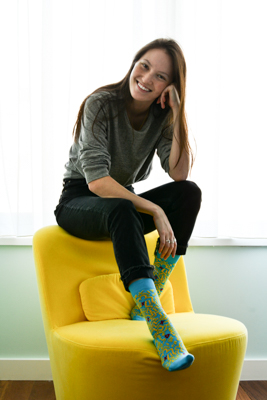
Julia Liverton 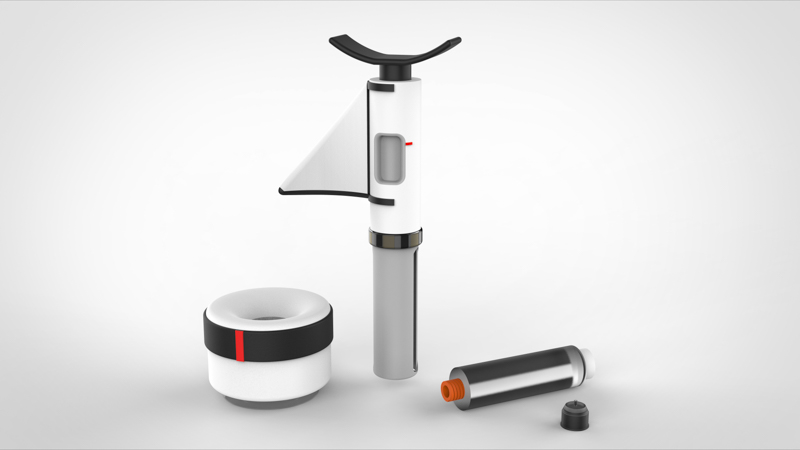
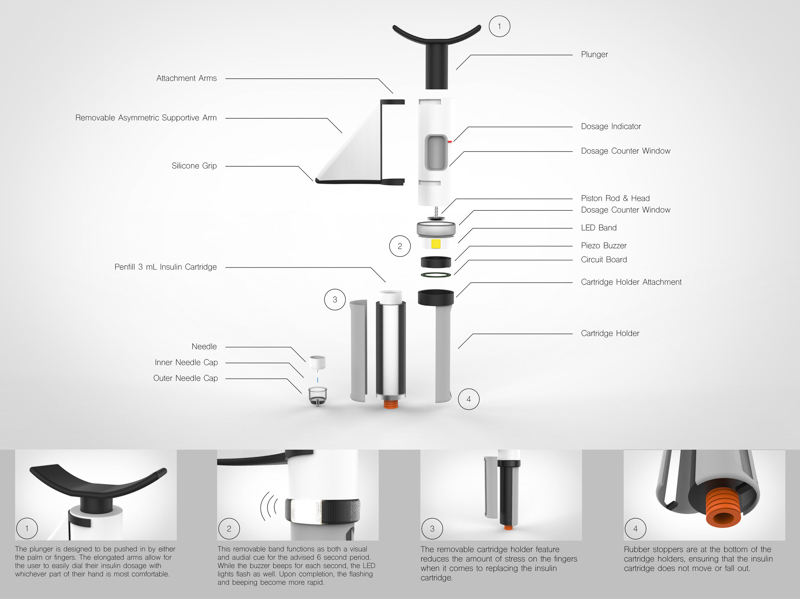
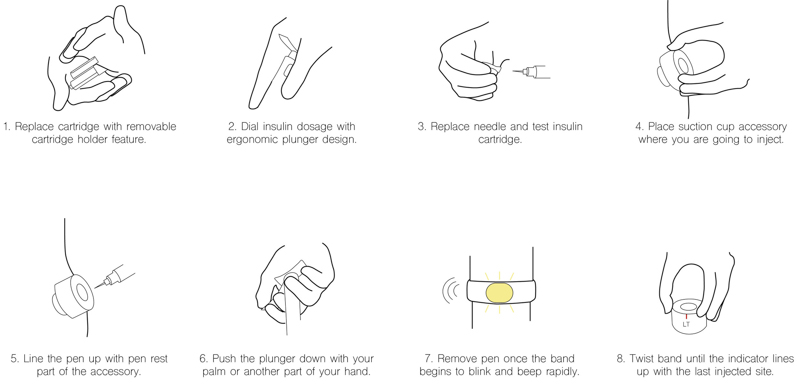
HanD Pen, designed to be compatible with standard insulin pen supplies, includes 4 key features: a 6 second tracking band that provides audio and visual cues, an ergonomic plunger that allows palm depression and comfortable dose dialing, rubber stoppers to keep the cartridge from falling out or moving while being replaced, and a removable cartridge holder.
The separate accessory functions as both an injection site tracker and suction aid to eliminate the need to pinch skin. After injection, the user can twist the band on the accessory until the indicator lines up with the injection site (RA – right arm, LT – left thigh, etc.).
Julia Liverton | @jliv_design | Portfolio
Original Concept and Design:
Mitja Behnke, Strate – School of Design (France), with InEurope – A Manifesto for Solidarity Borders
“Mitja Behnke has designed a clearly demarcated and elegant information resource for asylum seekers that is also a welcoming beacon at an often anxiety-inducing border control.” – Matilda McQuaid
“During the pandemic, the refugee crisis of the past few years has merely paused and will certainly resume when travel becomes easier. By paying attention to immigration processes at European airports, Mitja Behnke has a found a way to be respectful to both border control authorities and asylum seekers.” Avinash Rajagopal
InEurope is a reception, support and orientation service for asylum seekers at European borders. Deployed at legal entrances to European territory, this site is intended to anticipate successful integration while offering a framework for a better European cooperation.
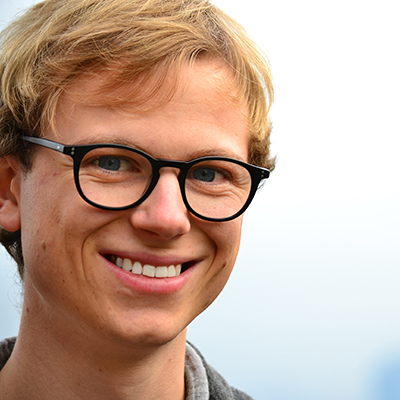
Mitja Behnke 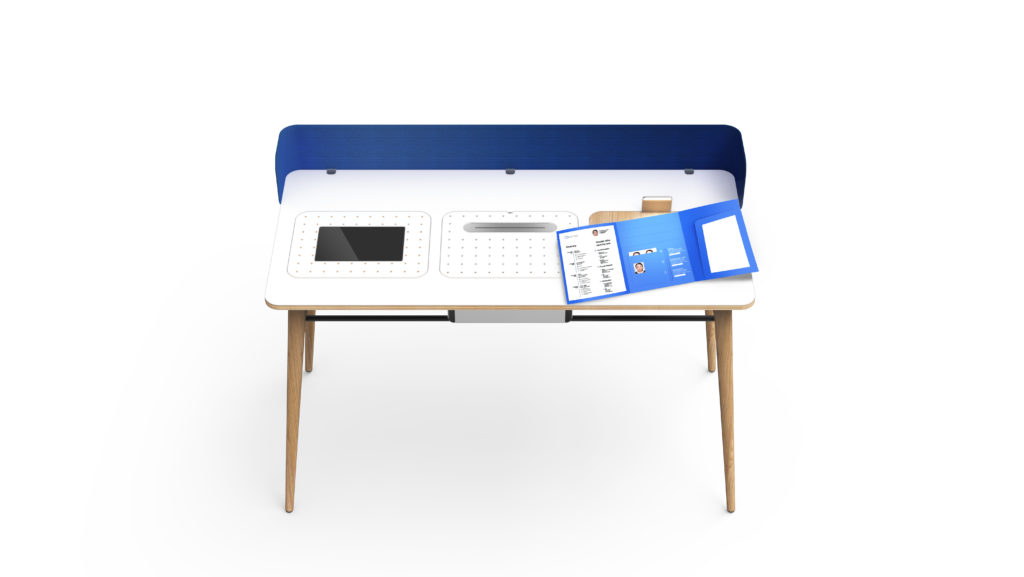
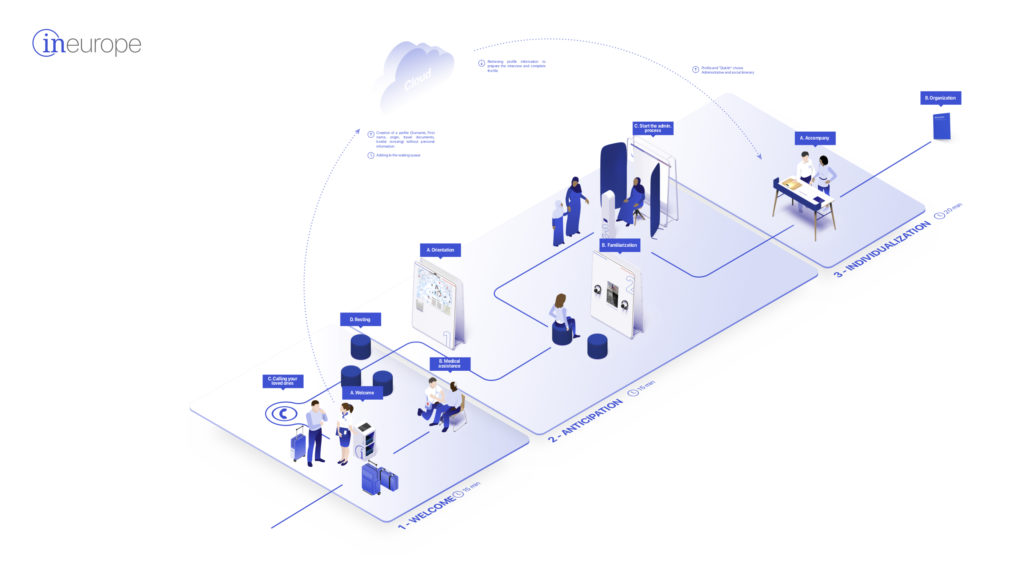
The increase in migration has resulted in less European cooperation and stronger border control arrangements. As we pursue a security policy, InEurope proposes an alternative border system based on solidarity.
Set up by the European Union, and adapted by national governments, InEurope is a reception, support and orientation service for asylum seekers at European borders.
With the overall aim of informing and empowering exiles, InEurope guides them through the social, cultural, and administrative border. Users are taken through a five-part process as they familiarise themselves with the country they are about to enter, learn about the host country’s culture and values, the facilities available to them, their rights and civic duties as an asylum seeker, and the next steps of their integration process.
Deployed at legal entrances to European territory, this site is intended to anticipate successful integration while offering a framework for a better European cooperation.
Mitja Behnke | @mitja.behnke |Portfolio
Sustainable Solution:
Jordyn Aamot, ArtCenter College of Design (USA), with Enliven
“Aamot’s Enliven is a rich research story into a family of furniture that thoroughly explores local traditions and sustainability.” – Matilda McQuaid
“Taking advantage of two innovative sustainable materials—bamboo steel and rPET felt—Jo Aamot has conceived a furniture collection that beautifully satisfies our expectations from seating.” – Avinash Rajagopal
The Enliven furniture collection was inspired by the effort to design environmentally conscious, circular living for the home while minimizing furniture production waste. It utilizes two resourceful and regenerative materials, compressed bamboo and rPET felt, to create a uniquely modular design that may appeal to a wide range of consumers.
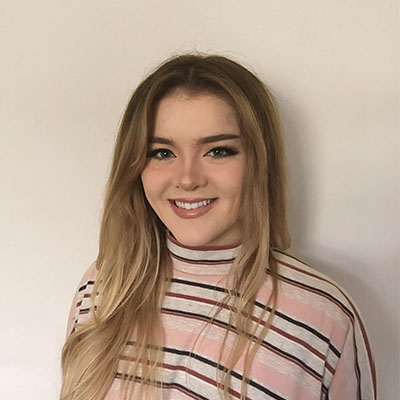
Jordy Aamot 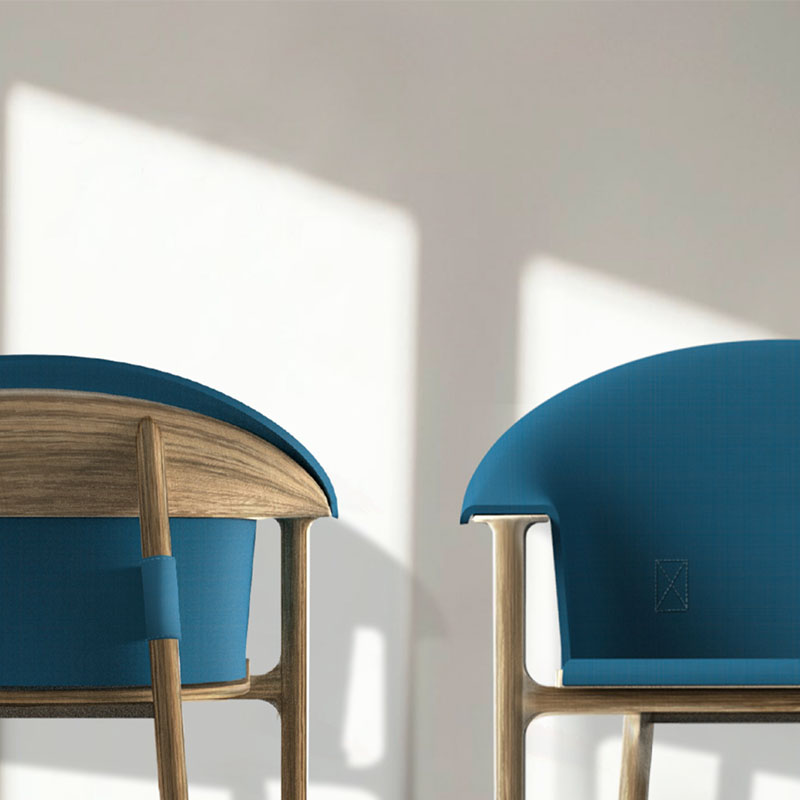
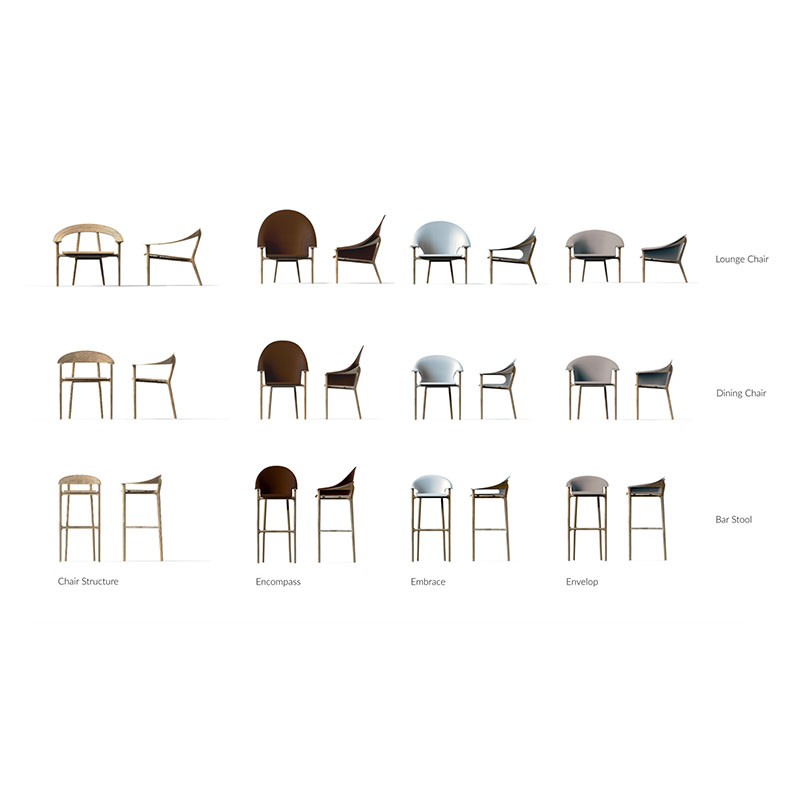
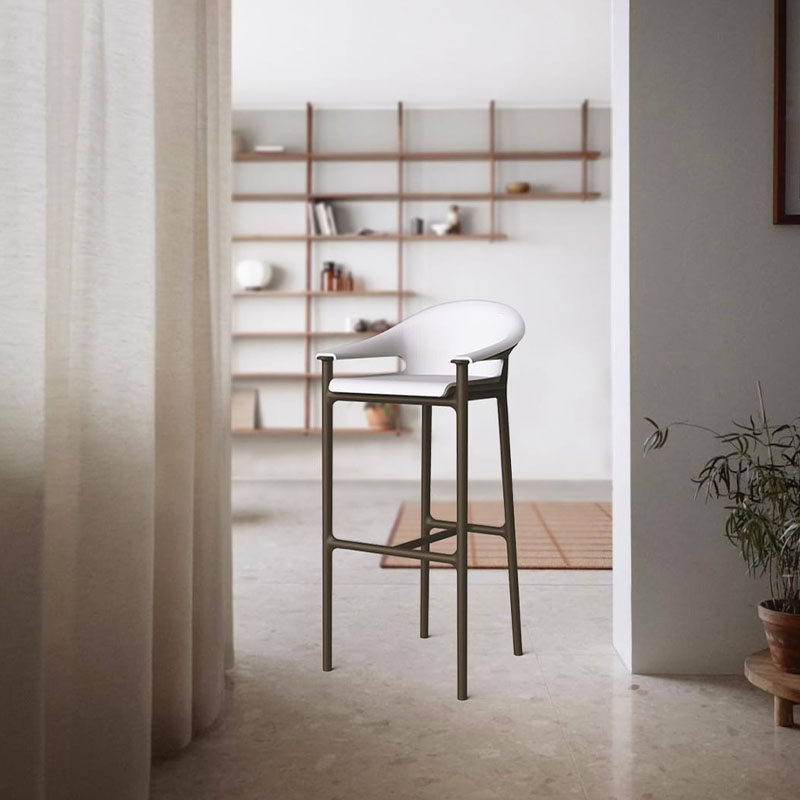
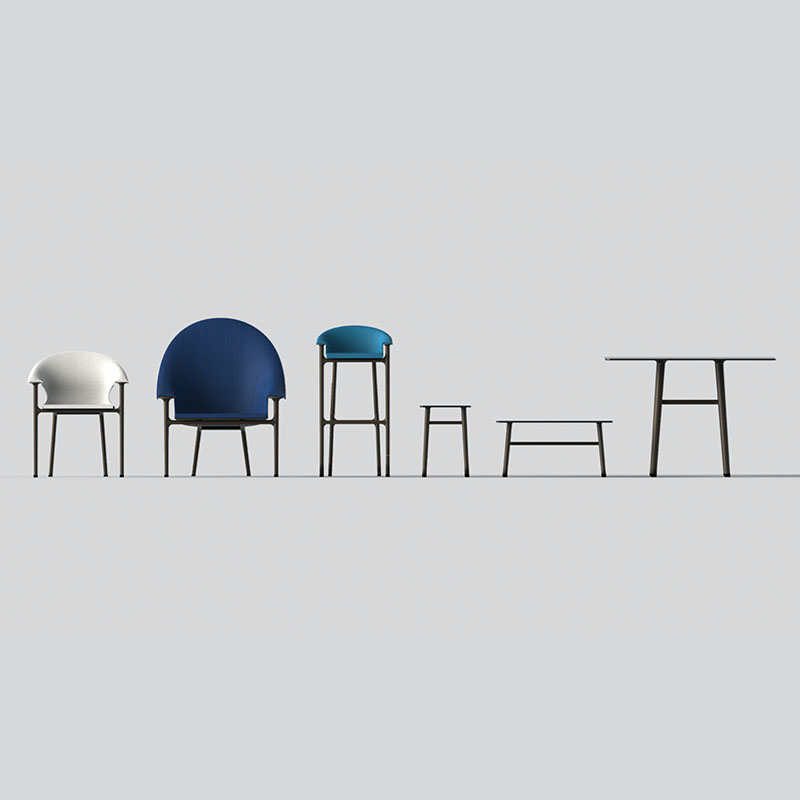
Through a collaboration between ArtCenter College of Design (Los Angeles) and Neuni Labs (Shanghai), I had the amazing opportunity to spend three weeks touring over 30 factories, design studios, exhibitions and material manufacturers across China. With each visit, the manufacturer’s would discuss their efforts to create more sustainable methods of production by 2030.
I took this opportunity to develop a new line of sustainable furniture that utilizes current technology and methods of production, while still featuring a unique and attractive design for the greater marketplace. This resulted in the Enliven furniture collection, which makes use of two resourceful and regenerative materials – compressed bamboo and rPET felt. Given the unique heat-forming properties of the rPET felt, I was able to create 3 different design options to accompany each bamboo chair structure. Each chair may exist perfectly on it’s own, or be enlivened by a formed rPET felt Shell.
Jordyn Aamot | @Jordyn.aamot | Portfolio
Sustainable Solution:
Sara Howard, Central Saint Martins (UK), with Circular Ceramics
“Sara Howard’s elegant technical handbook of circular ceramics is a clear and concise process story of how we can rethink industrial waste as a resources.” – Matilda McQuaid
With a stark and elegant tableware collection, Sara Howard displays the power of circular thinking and how it can revolutionize even the simplest products that we use daily. – Avinash Rajagopal
Circular Ceramics is a tableware collection made entirely from industrial waste. By examining multiple industries waste management models, I identified crossovers in the consumption of raw materials. With extensive research and material investigation I designed an industrial symbiosis around the ceramics industry that has both economic and ecological gains.
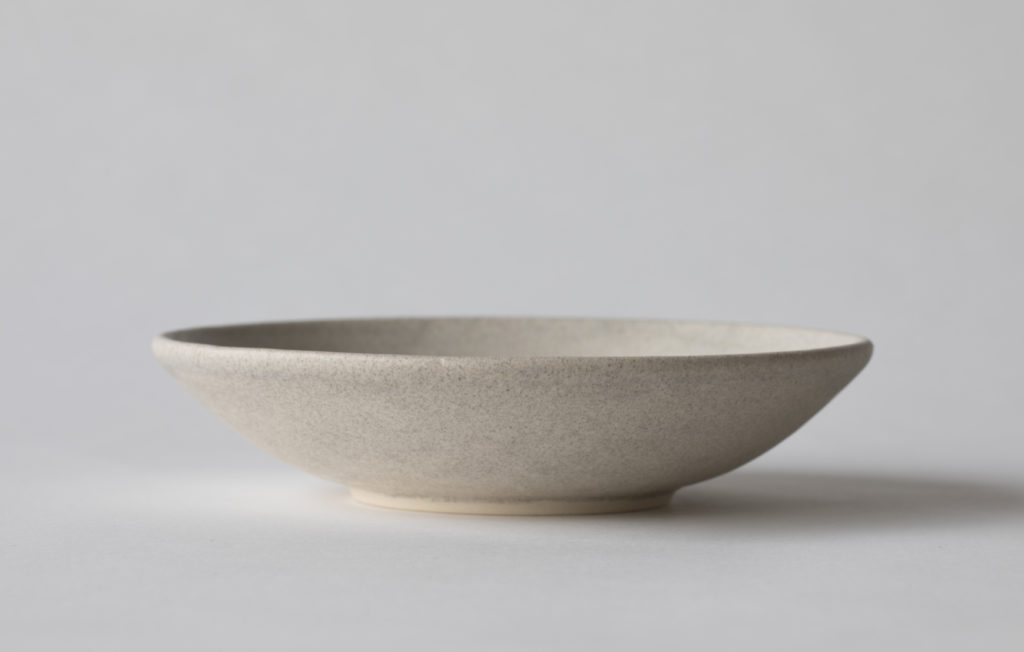
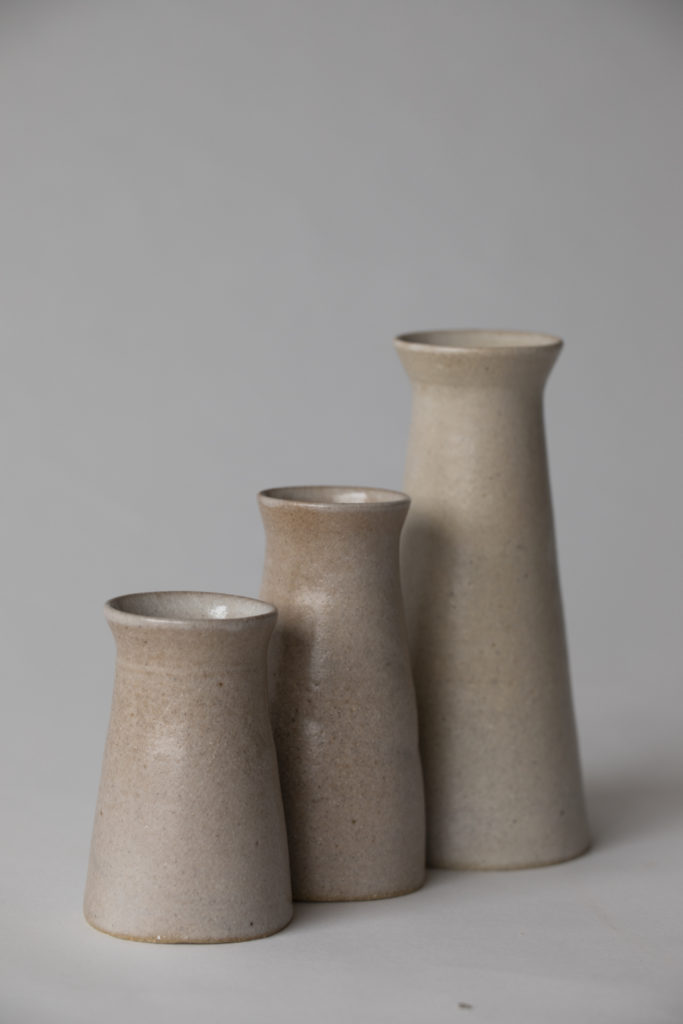
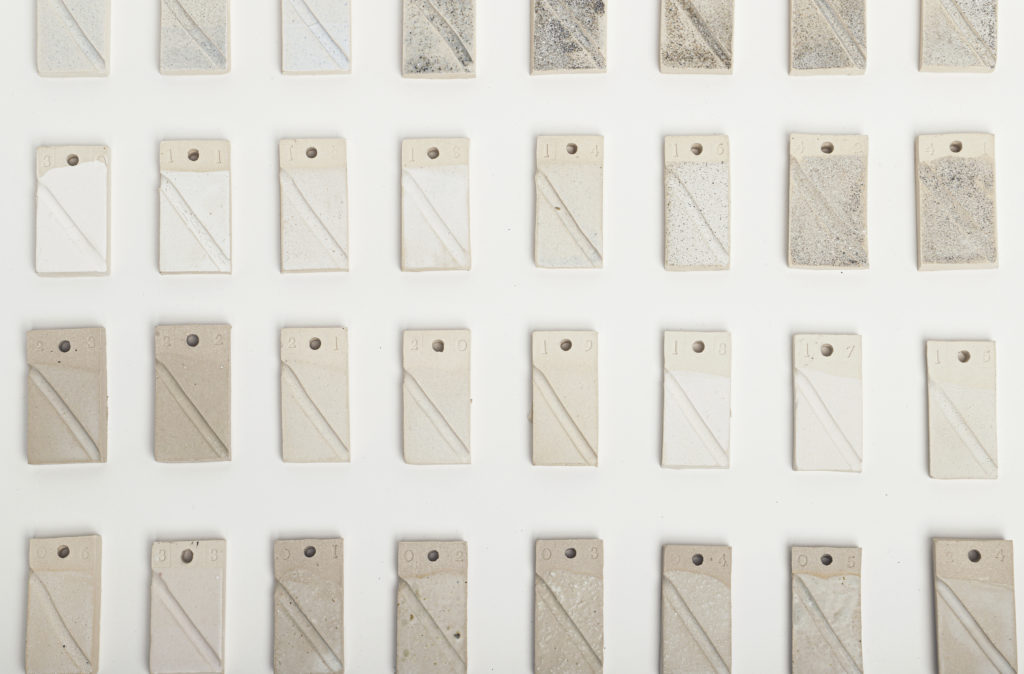
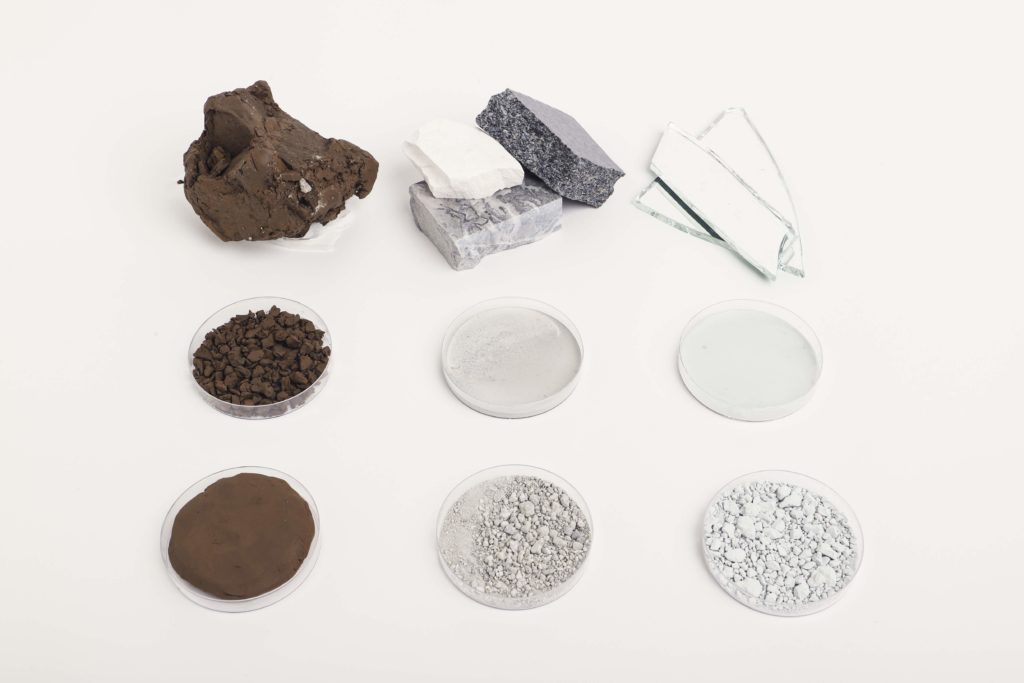
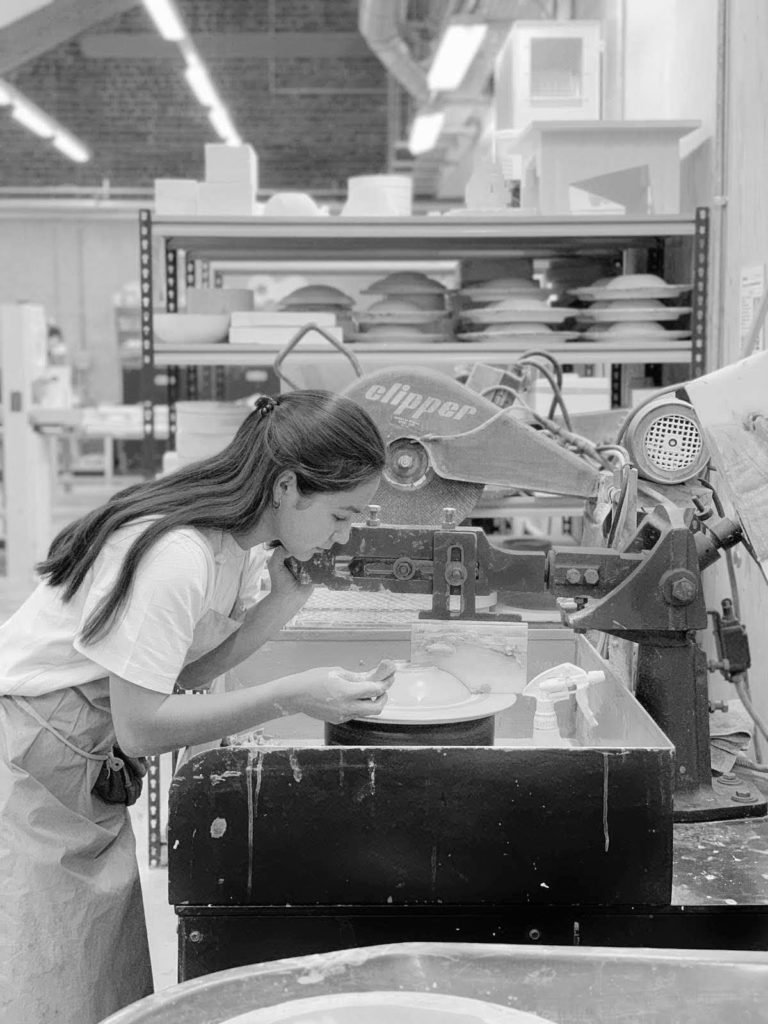
Sara Howard
In this project, I initially set out to design a circular economy within the manufacturing of ceramics. In doing so, I came across many challenges with the multiple chemical compound changes that take place throughout the process. In response, I began exploring external industries that consume the same raw materials and examined their waste management models to identify the by-products that were currently being sent to landfill.
With extensive research and experimentation I began to build an industrial symbiosis around the ceramics industry, whereby waste by-products from external industries were replacing the raw materials in ceramic production. Thus, diverting waste away from landfill and reducing the consumption of raw materials.
I am currently working with small scale ceramicists to reclaim industrial waste for their ceramic production, with the ultimate goal being to work with mass producers to preserve the Earth’s increasingly fragile ecologies.
Sara Howard | @Sara__Howard
Project with Social Impact:
Isabel Cano Anaya, CENTRO (Mexico), with Piccolo: the diabetic bunny
“Anaya’s very sensitive design of this playful backpack and syringes for kids suffering from diabetes, casts a humane and innovative spotlight onto a global crisis.” – Matilda McQuaid
“Designing for children, especially for situations where they could be distressed, requires great sensitivity but also a light touch. Isabel Cano Anaya balances both in her solution for children living with diabetes.” – Avinash Rajagopal
Social design. Inspired by diabetic children and the challenge of living with the disease. Plush toy / Backpack to store accessories related to the treatment of diabetes, such as the glucose meter, insulin pens, among others.
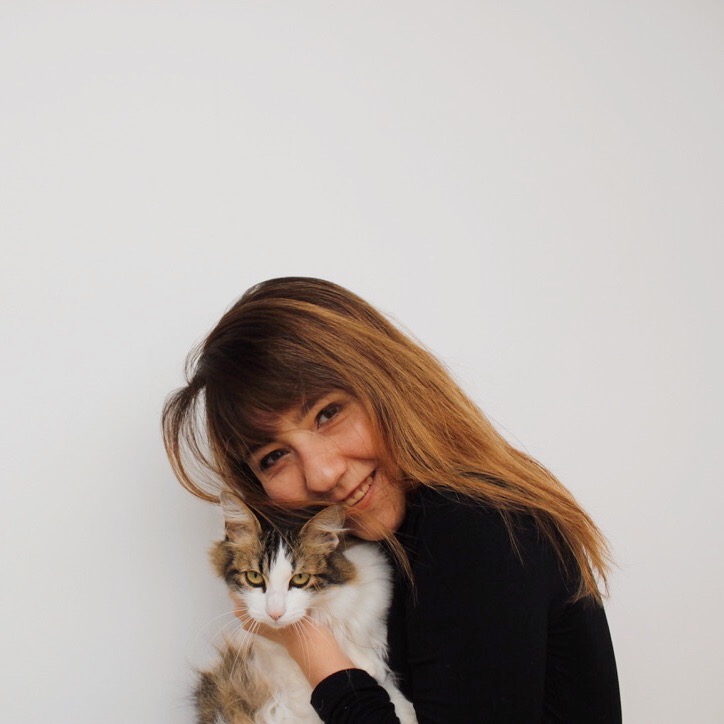
Isabel Cano Anaya 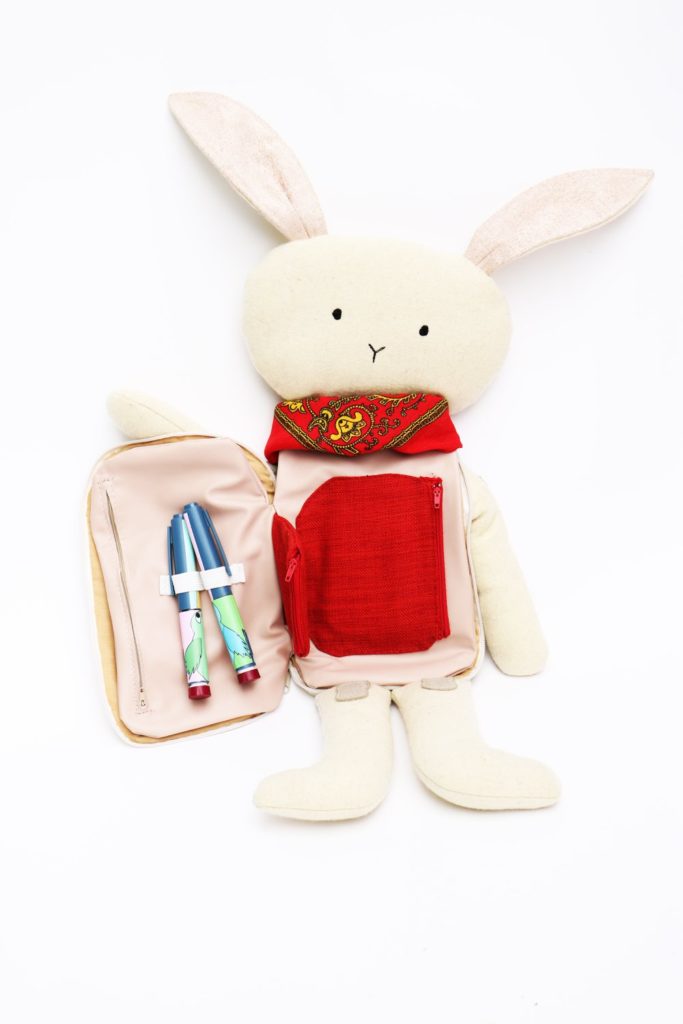
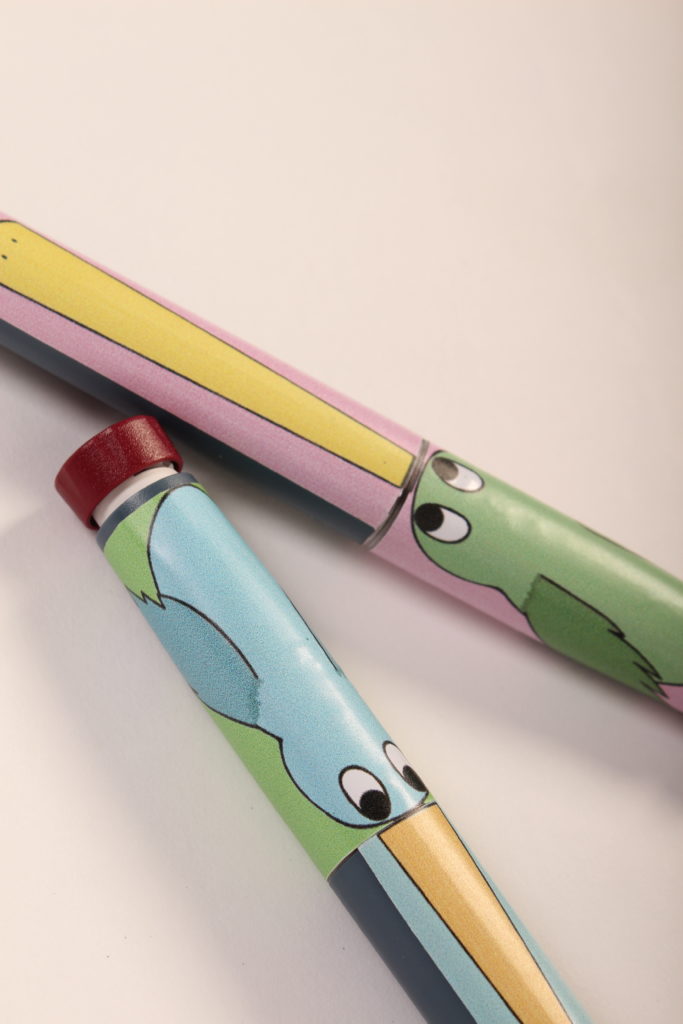
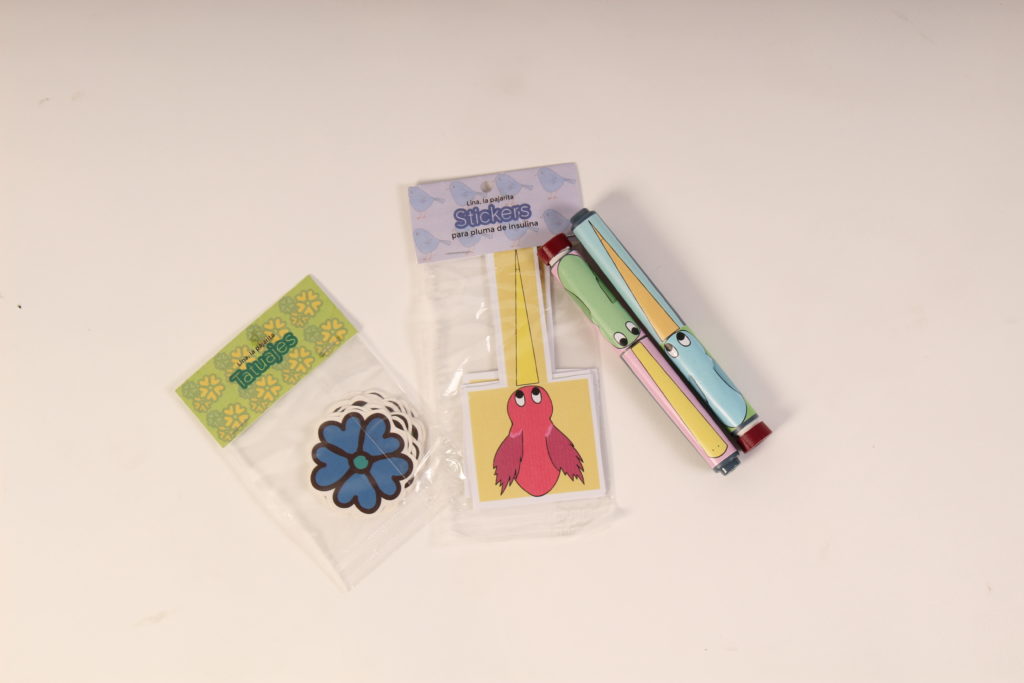
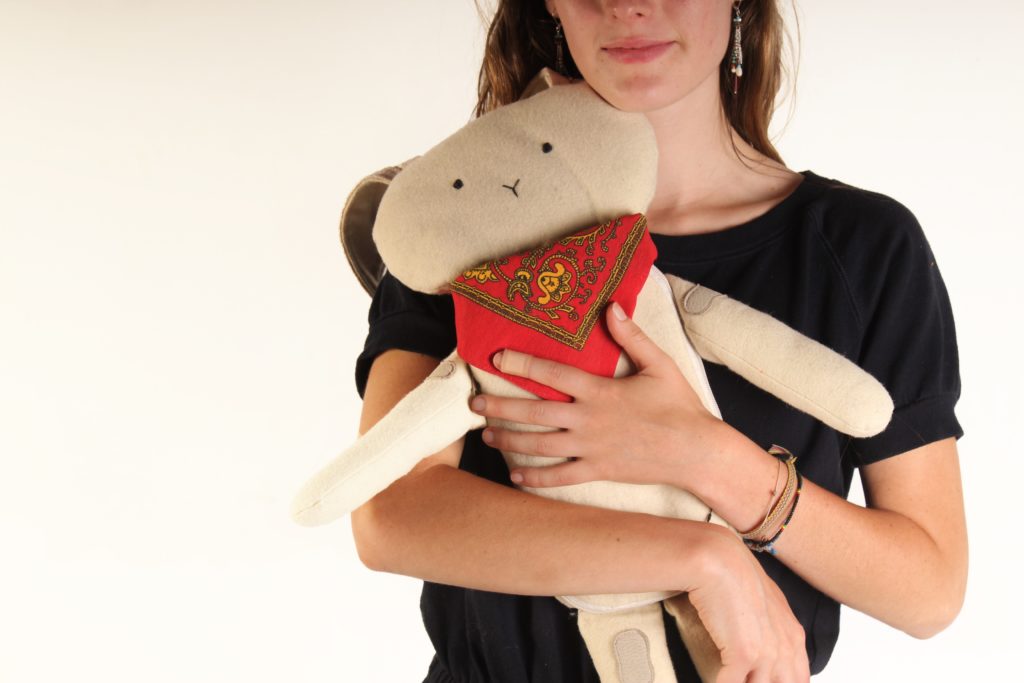
In Mexico, 3 out of 10 children are diabetic.* Diabetes, like all chronic diseases, is scary especially when you are a child and you have no idea what this condition means.
Accepting the disease and the challenges that it entails is not always easy and that is why I thought of an accessory that allows you to feel accompanied at the same time that it has a practical utility for the transfer of the necessary supplies for your treatment.
This toy includes different pockets to store your diabetes belongings as well as stickers to personalize the insulin pens to make them less disturbing to the eye.
* source: Mexican Diabetes Federation
Isabel Cano Anaya | @bellacanoa | Portfolio
Project with Social Impact:
Theodore Scoufis, SVA (USA), with FireLink: Fighting Fire with Data
FireLink is an information management ecosystem for firefighters that focuses on the 4:30 minutes between receiving the call from dispatch and arrival on the scene. The purpose of the system is to provide firefighters with realtime insight into the conditions of the building they are responding to.
Incredibly thoughtful design concept that explores the practical and urgent issues that firefighters have to solve and understand in their very short transit to the scene. – Matilda McQuaid

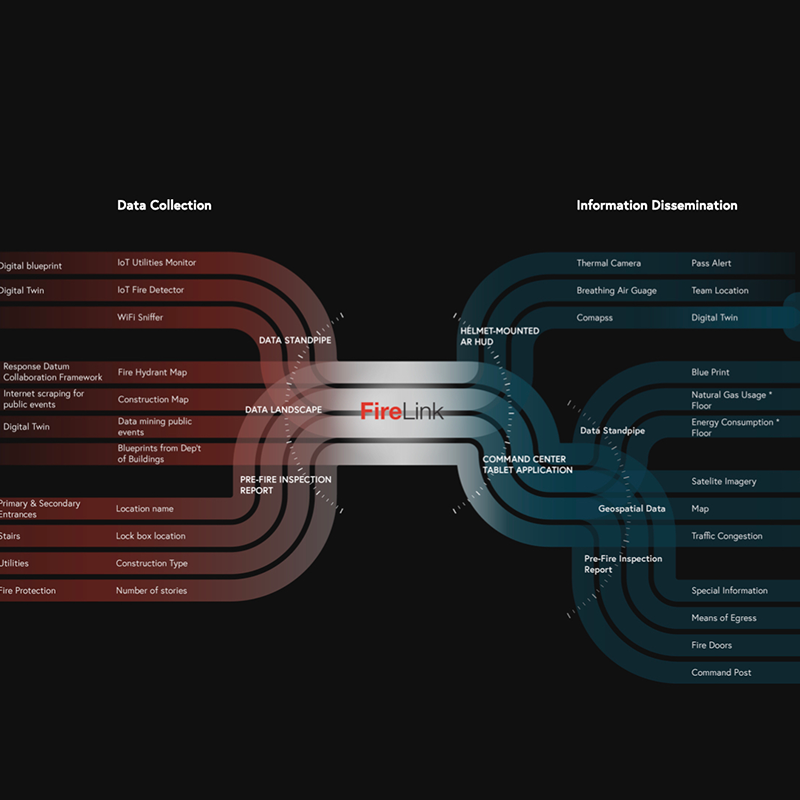
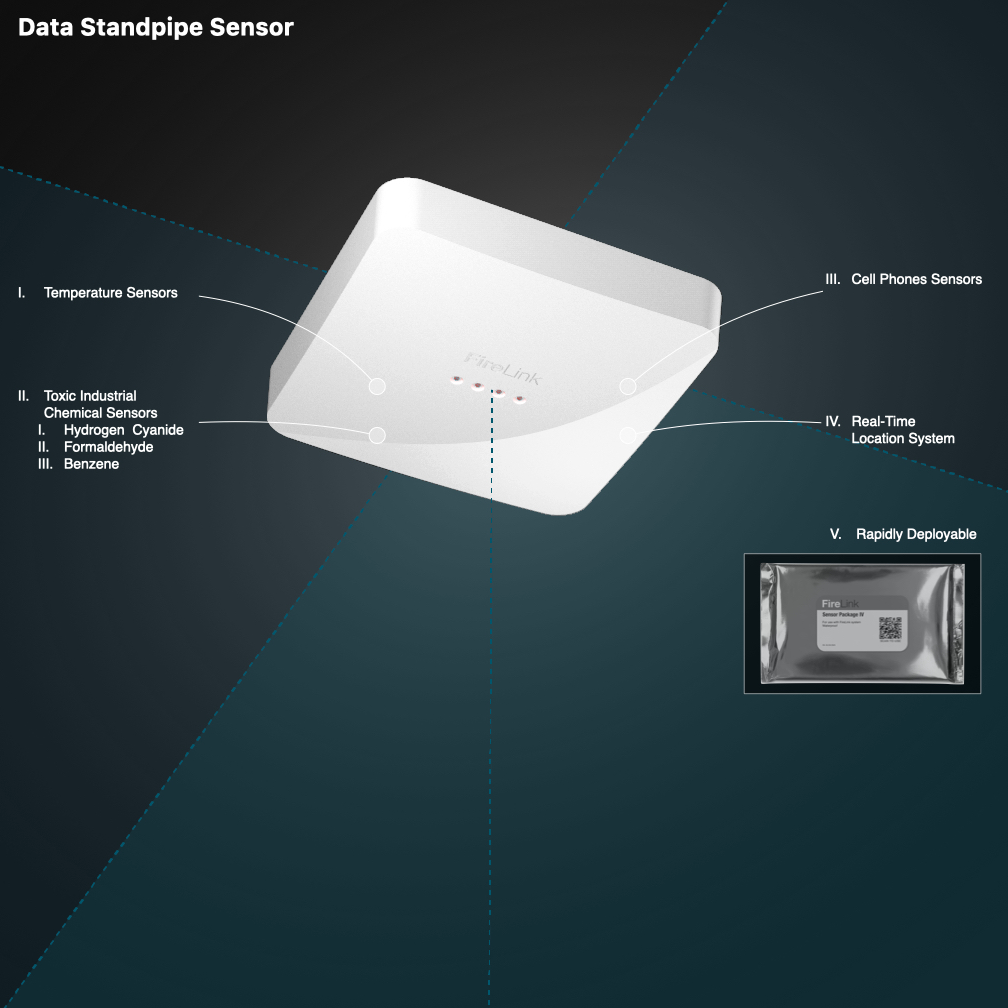
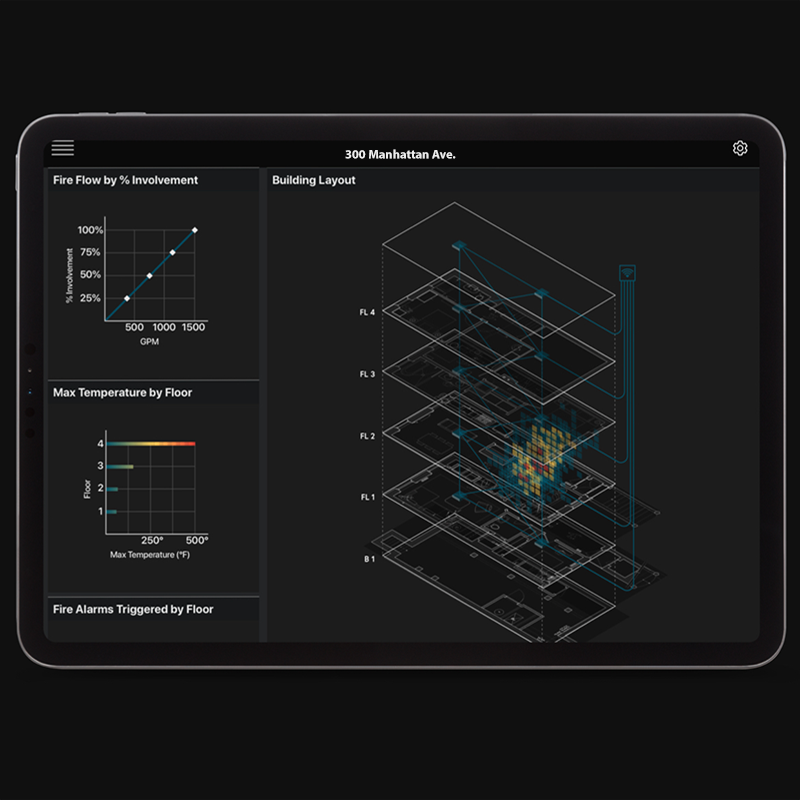
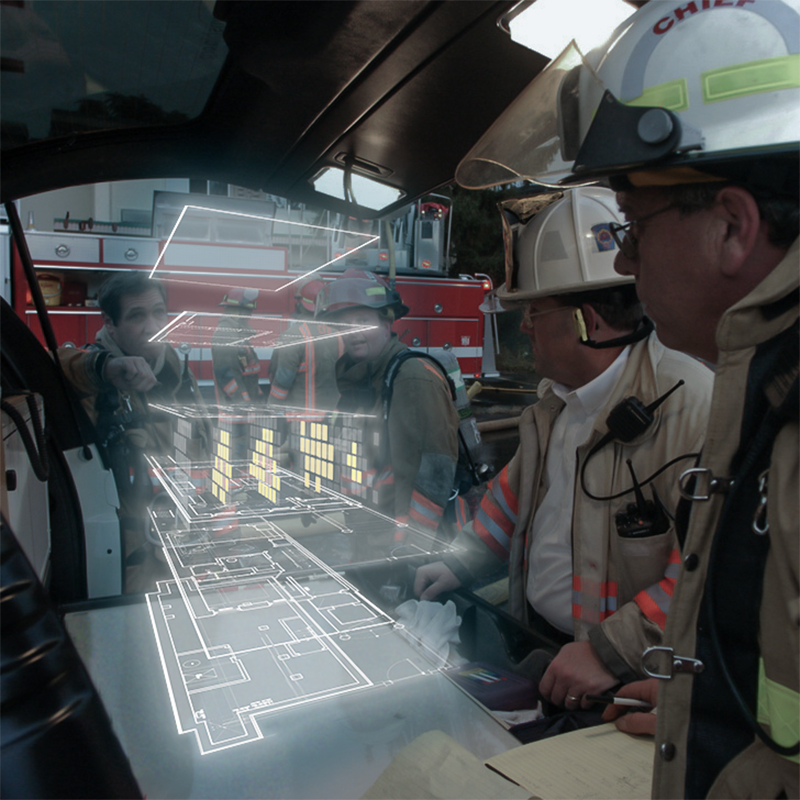
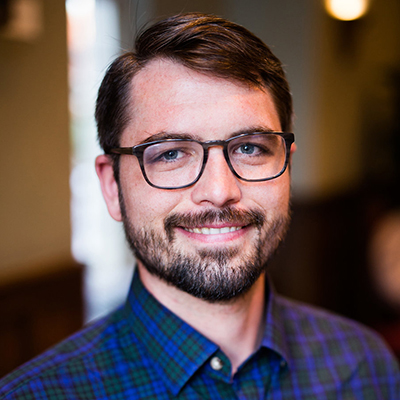
Theodore Scoufis
FireLink is a bifurcated system of data collection and information dissemination that is based on input from FDNY firefighters. Data is collected via three different sources: the Data Standpipe, data landscape, and the pre-fire inspection reports—and disseminated via two main modes: the command center tablet app and the helmet mounted augmented reality heads-up display. Information gathered by FireLink allows firefighters to make more effective decisions more efficiently, which will reduce threat to civilians, firefighters, and property.
Theodore Scoufis | Portfolio
Ready to be Implemented:
Nathan Agranat, Solène Lombard, Sylvie Nguyen, Paris Institue of Art and Design, Ecole Estienne (France), with Biotopia
“Biotopia engages the user on so many levels — as a citizen scientist, citizen designer, and community activist — while celebrating and understanding a vital food source, plankton.” – Matilda McQuaid
Anticipating that we all need to deepen our relationship with our planet’s lifeforms and ecosystems, the Biotopia project provides an excellent model for community engagement and communication around science.” – Avinash Rajagopal
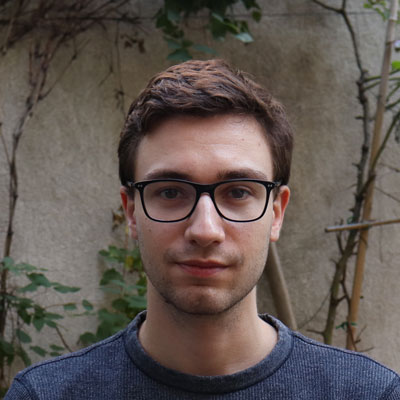
Nathan Agranat 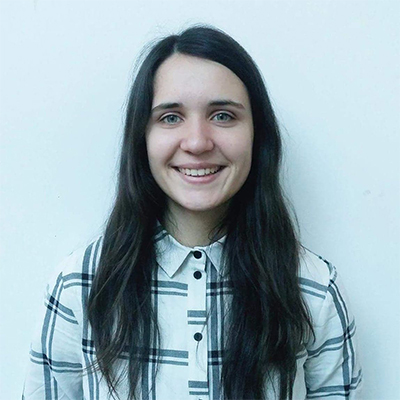
Solene Lombard 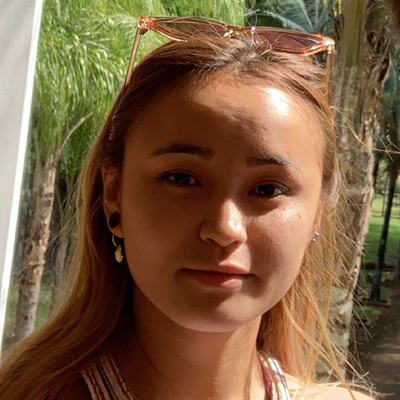
Sylvie Nguyen
The Biotopia project allows the public to use digital devices as a means of contributing to scientific research and raising awareness about plankton. Biotopia offers a complete experience in three stages : Making your own plankton observation kit, using a web app to analyze plankton and finally an immersive database in VR.
The Biotopia project allows the public to use digital devices as a means of contributing to scientific research and raising awareness about plankton. Our project offers a complete experience in three main stages. The first phase proposes to the participants to make their own plankton harvesting and observation kit, adapted to their smartphone in workshops or with the help of freely available plans.
Then, with the help of a web app, the participants will be guided in the analysis of the collected samples and thus feed a common virtual plankton space. Finally, once this observation is completed, the public has access to an immersive space that offers the possibility of wandering through a living database. This database is fed in real time by all participants. It also brings together the community of users and scientists, functioning as a place for meetings and exchanges.
Nathan Agranat | @nathan.agranat | Portfolio
Solène Lombard | Portfolio
Sylvie Nguyen | Portfolio
Honorable mention to Fernando Barrios, Naoto Ricardo Kobayashi Utsumoto, Rafael Brizuela, Viridiana Palma Dominguez, Aniela Mayte Guerrero Hernández, Oscar Méndez H., Tecnológico de Monterrey (Mexico), for their project Solar.
A collection of handmade solar lamps made of mud, mixed with cactus slime, recycled paper that provides a resistance comparable to that of cooked clay; collagen derived from carcasses as a natural alternative to synthetic polymers; maguey cuticle, a by-product in the production of the drink named “Pulque”; or a vegetable fiber obtained from a shrub in the willow family; or black bean which 25% of it is a waste in the field where it is harvested.
This collection targets marginal communities dispersed throughout the Mexican Republic, a remembrance of pre-hispanic knowledge and environmental awareness.
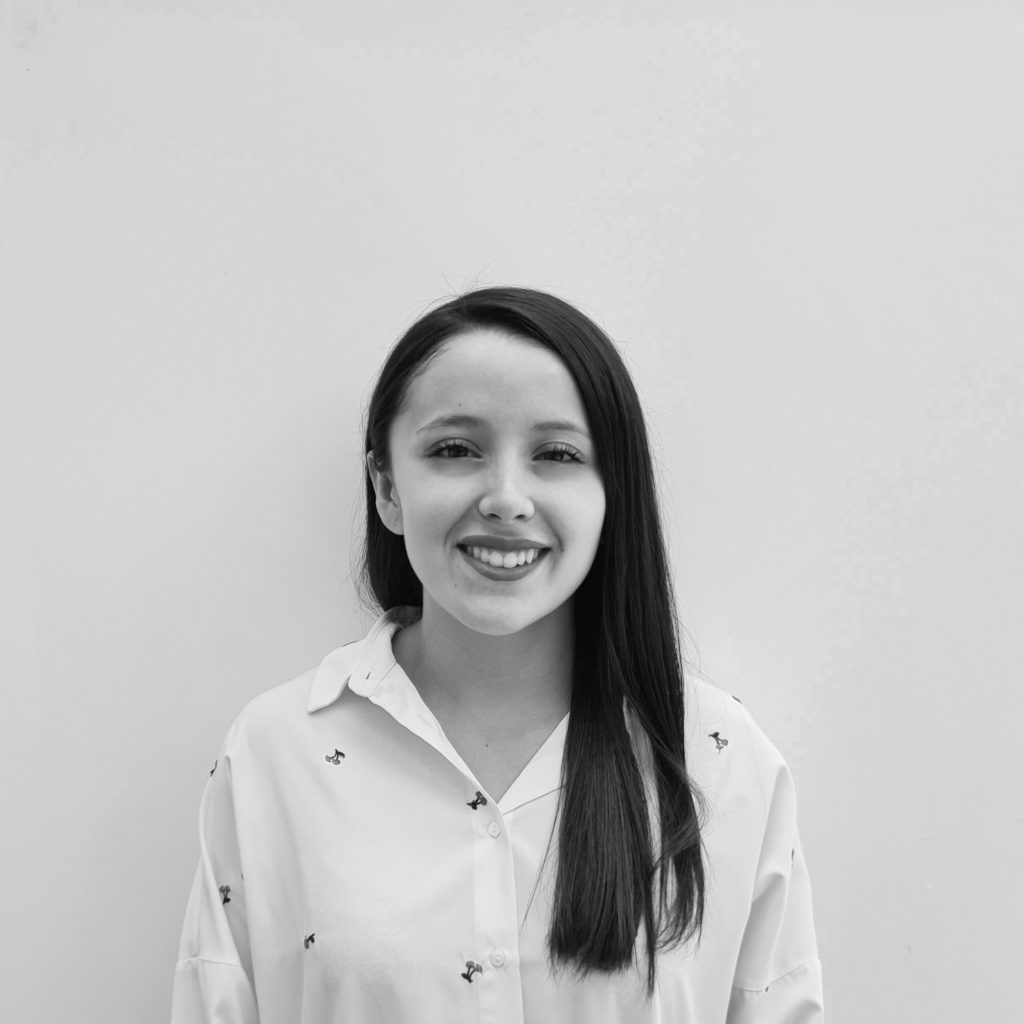
Vidriana Palma 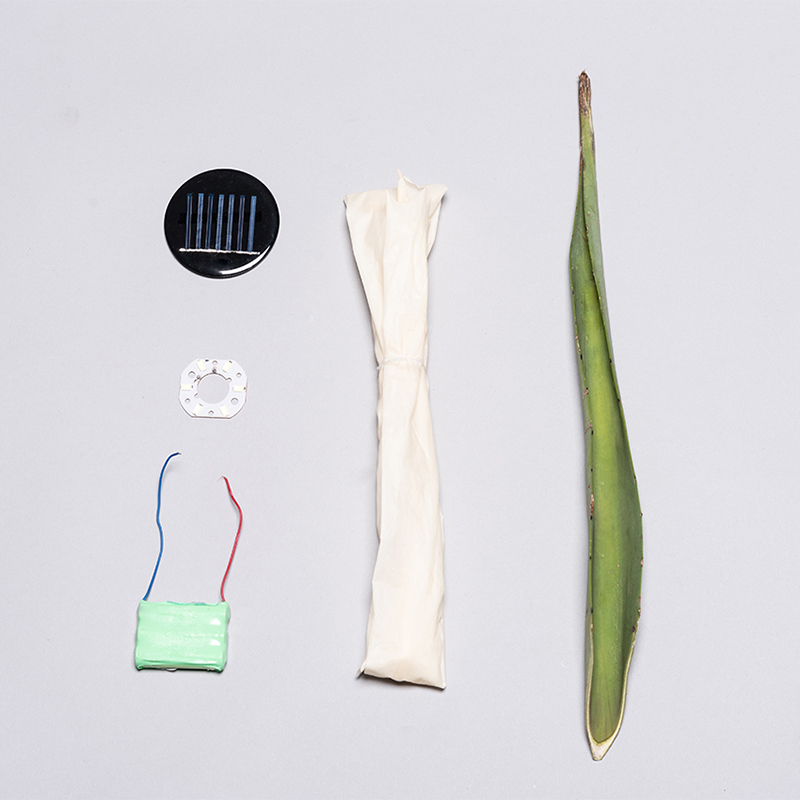
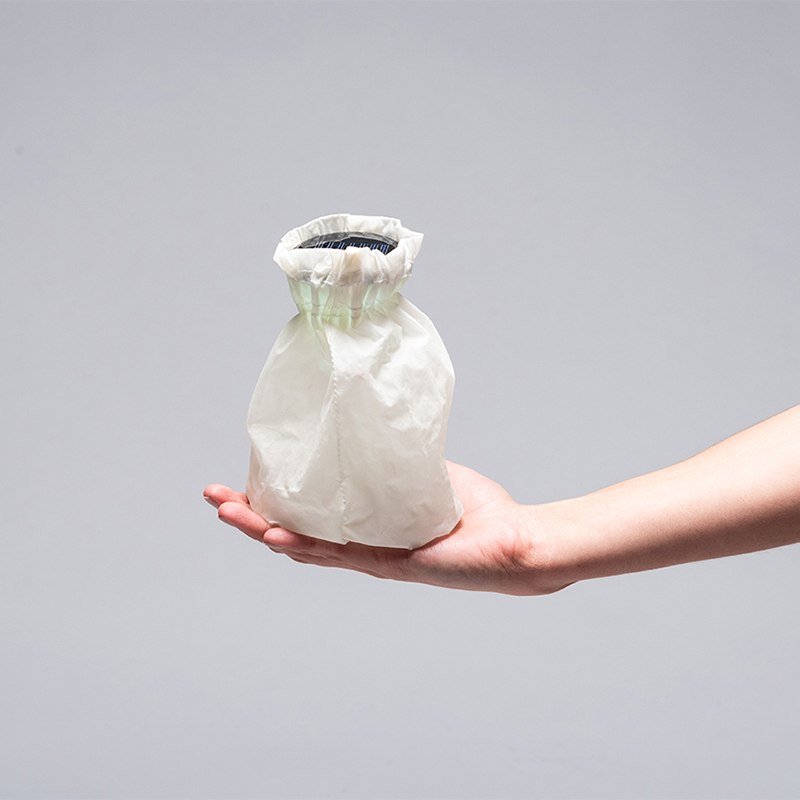
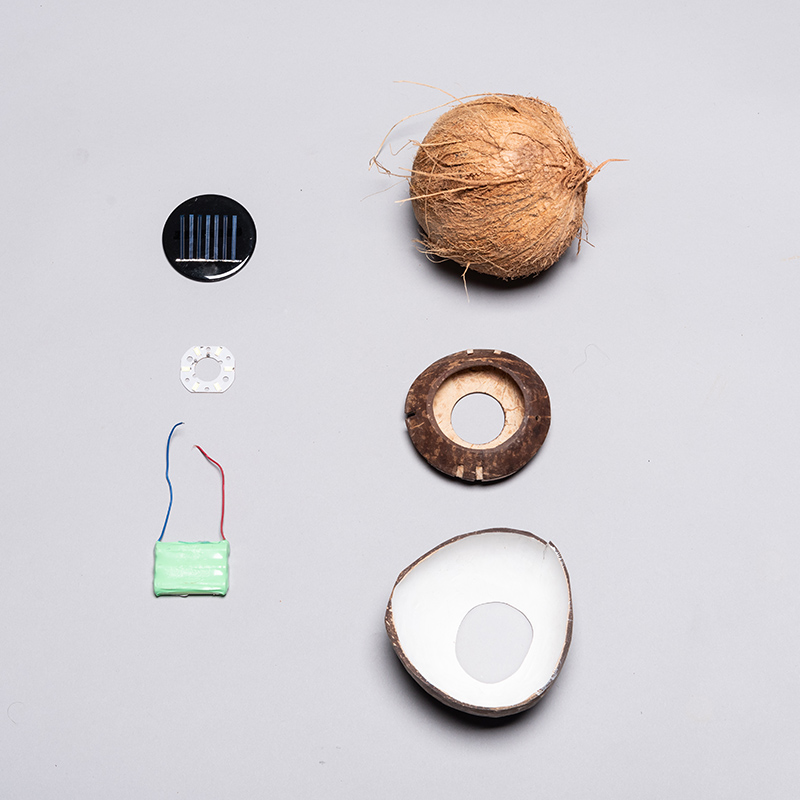
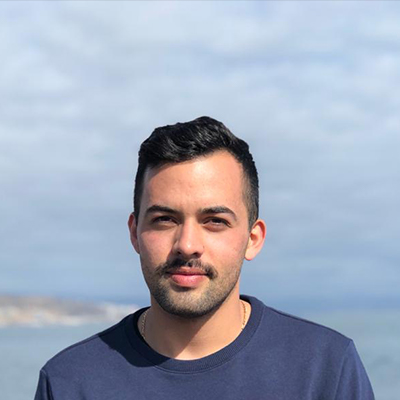
Rafael Brizuela 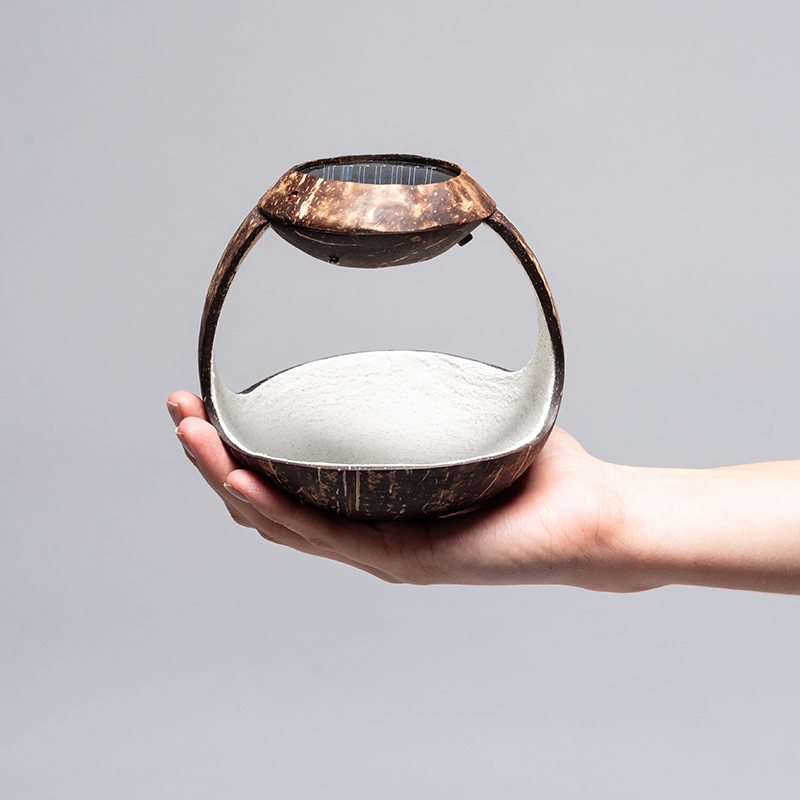
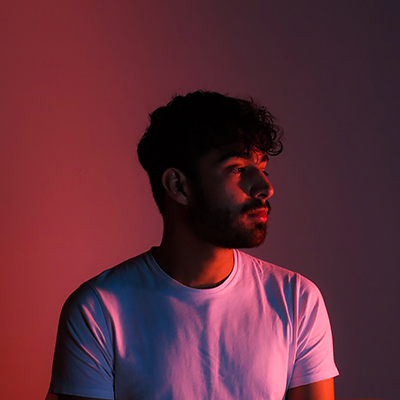
Oscar Mèndez 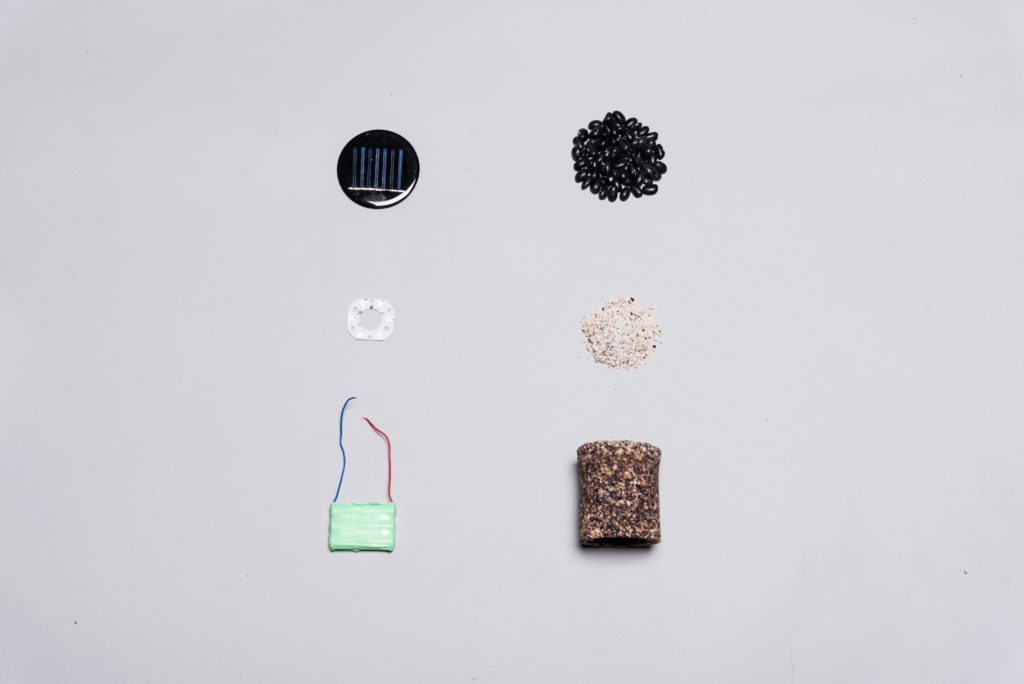
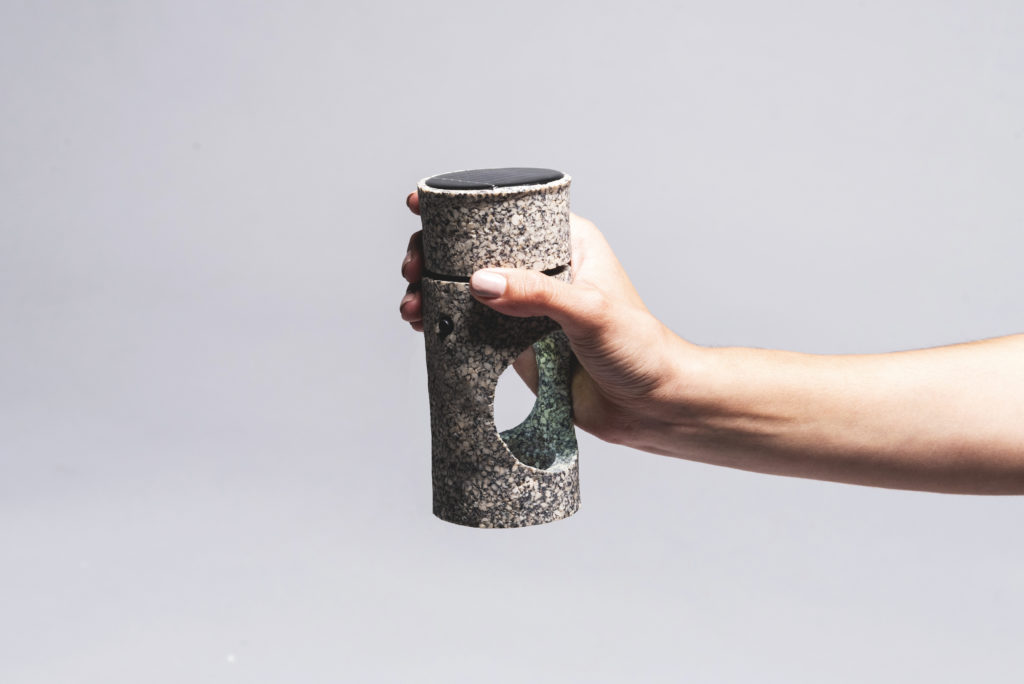
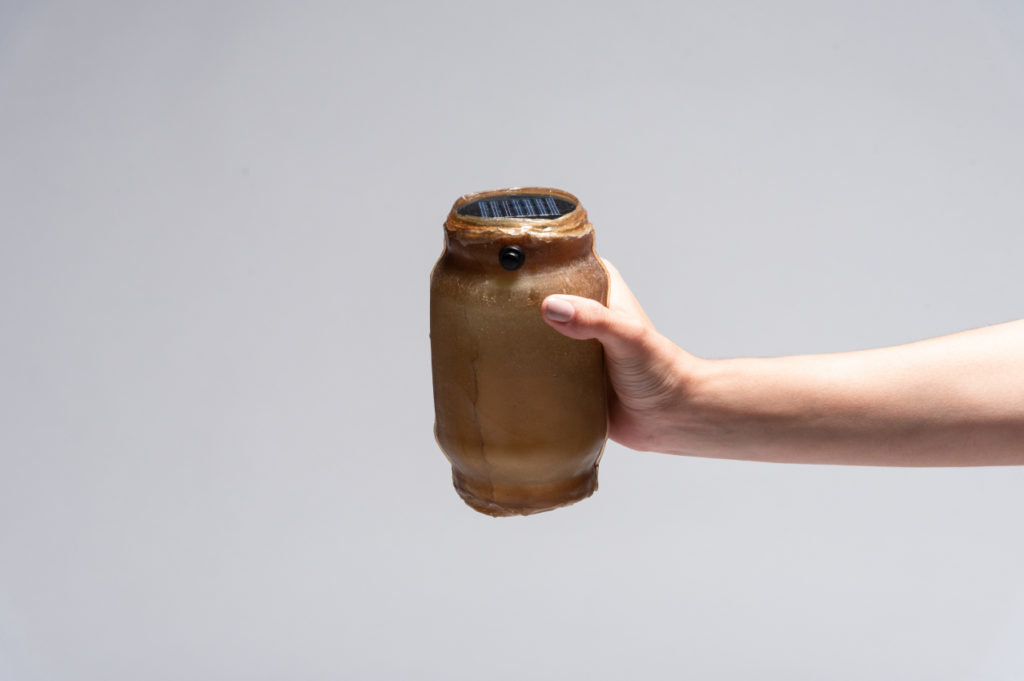
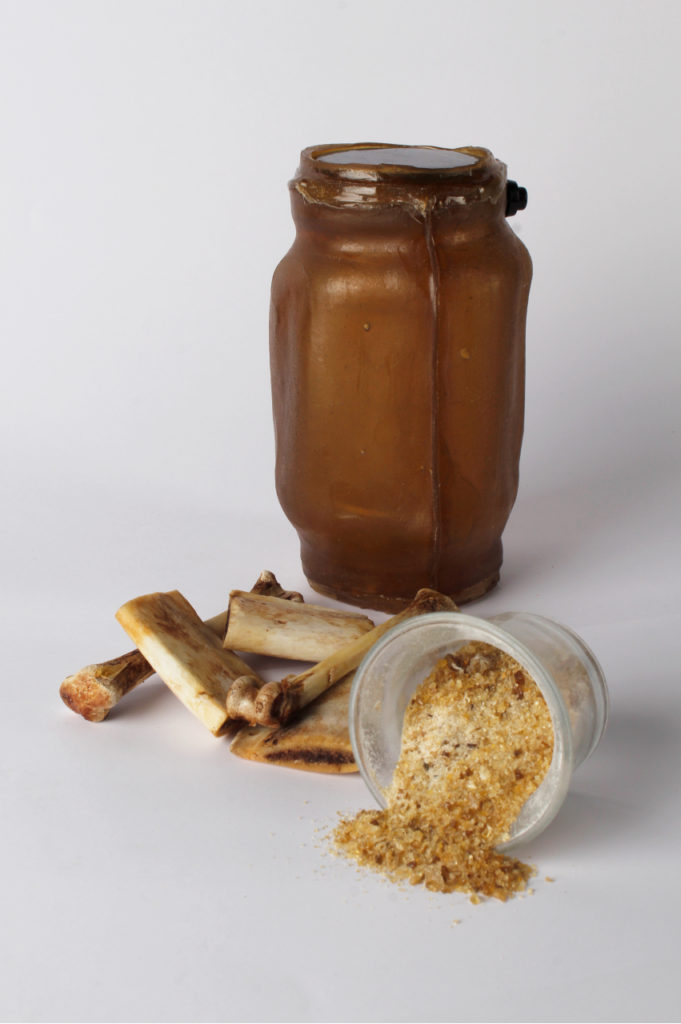
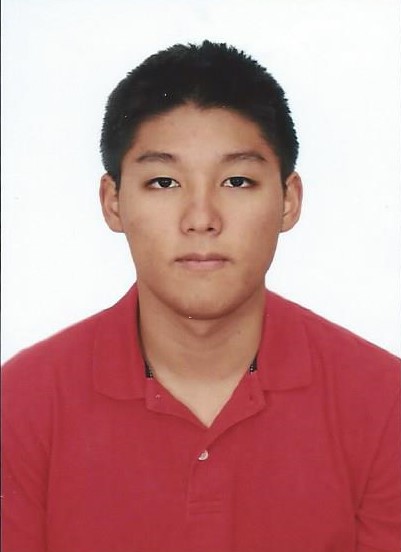
Naoto R. Kobayashi 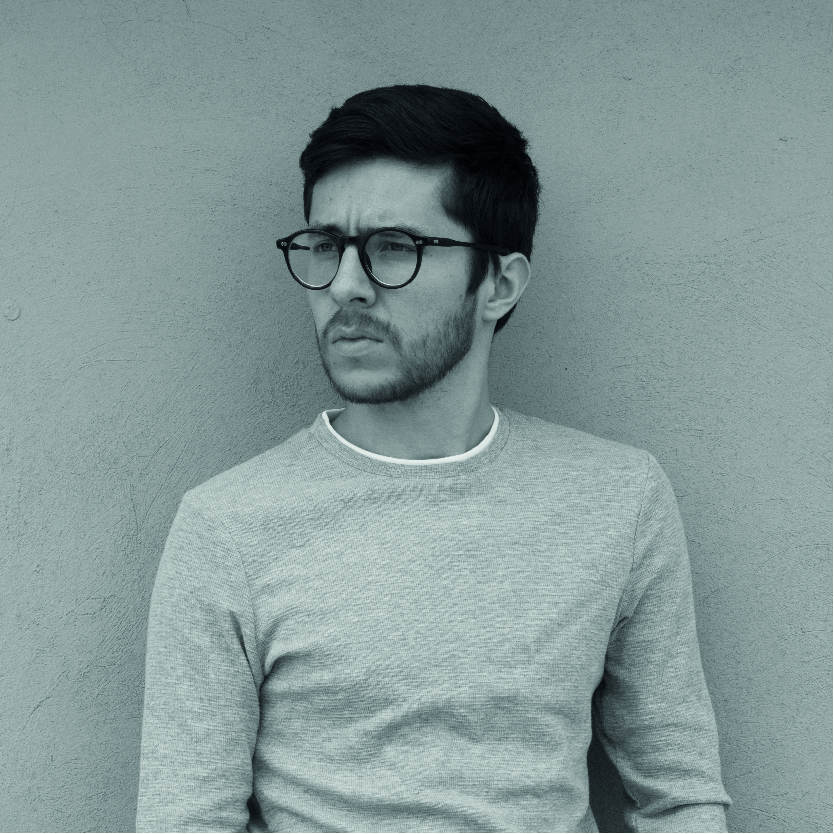
Fernando Barrios 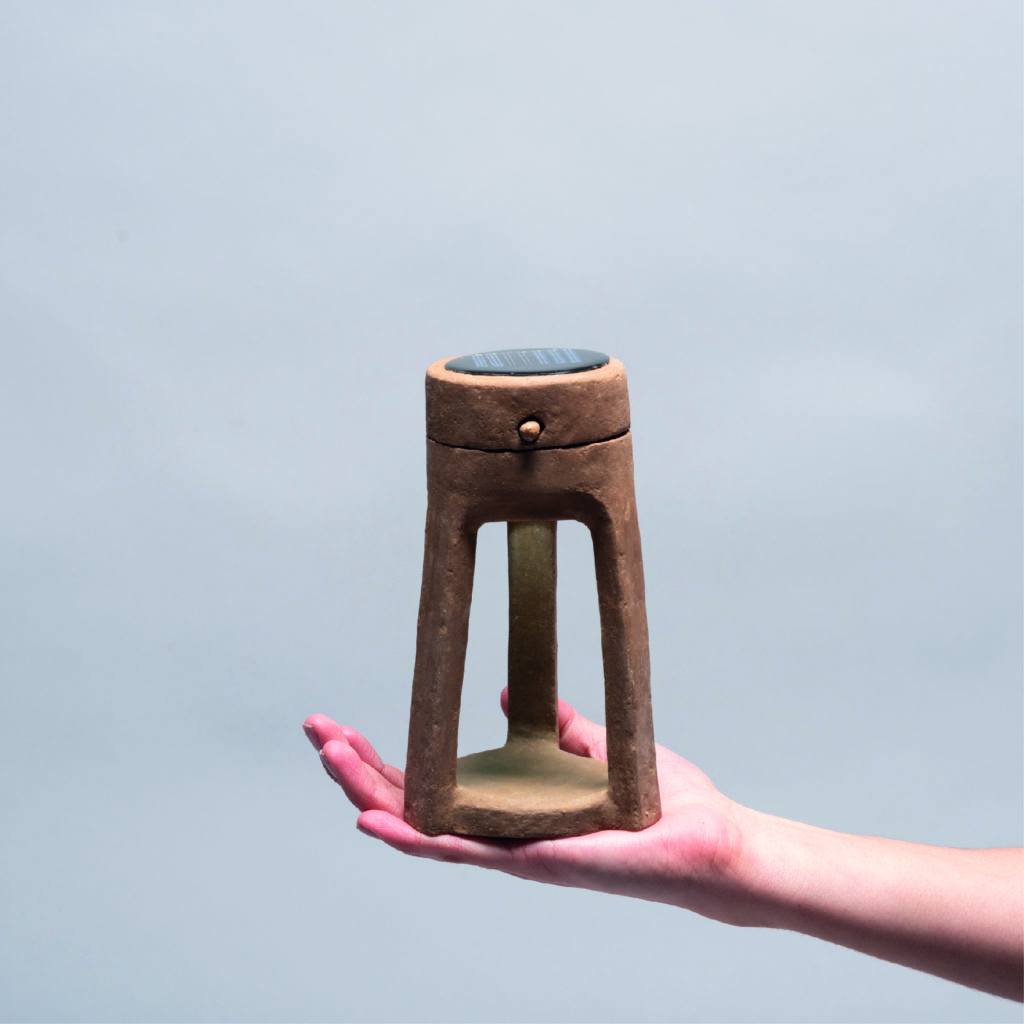
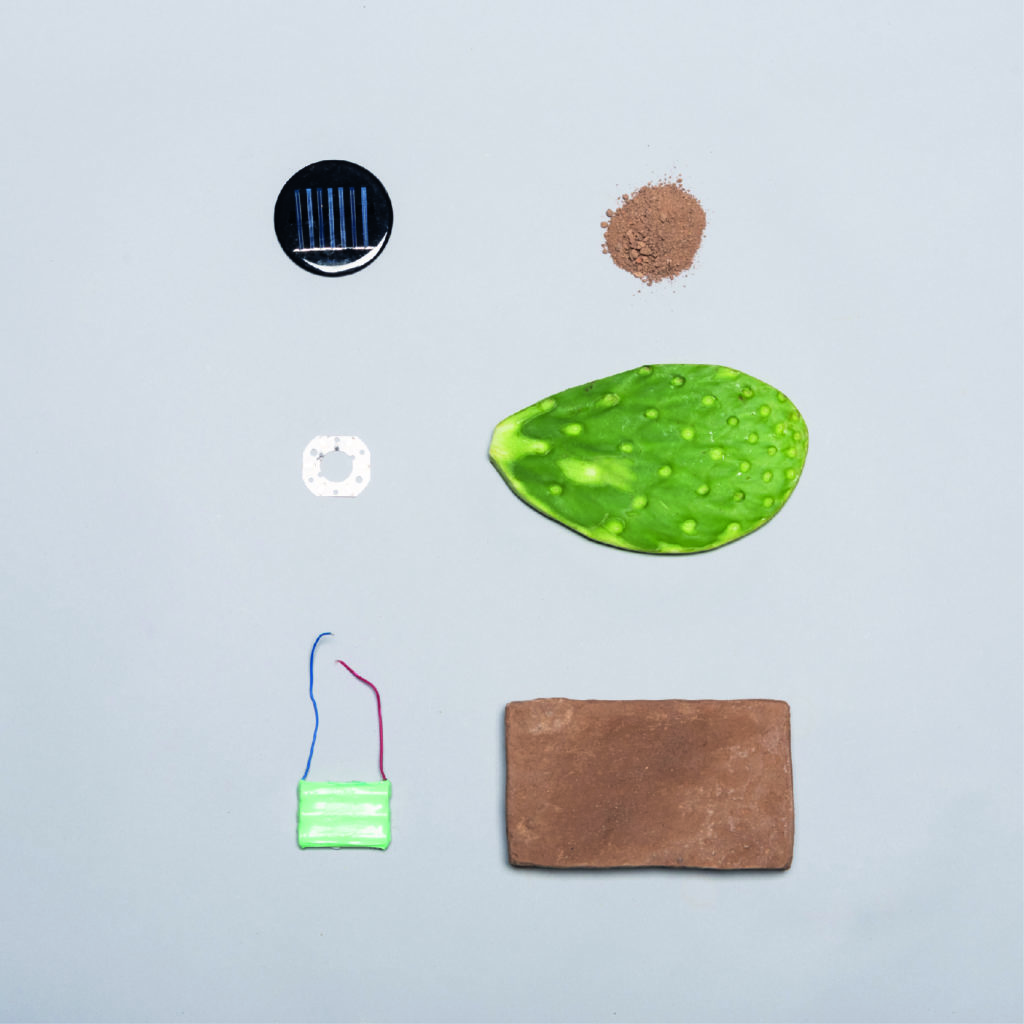
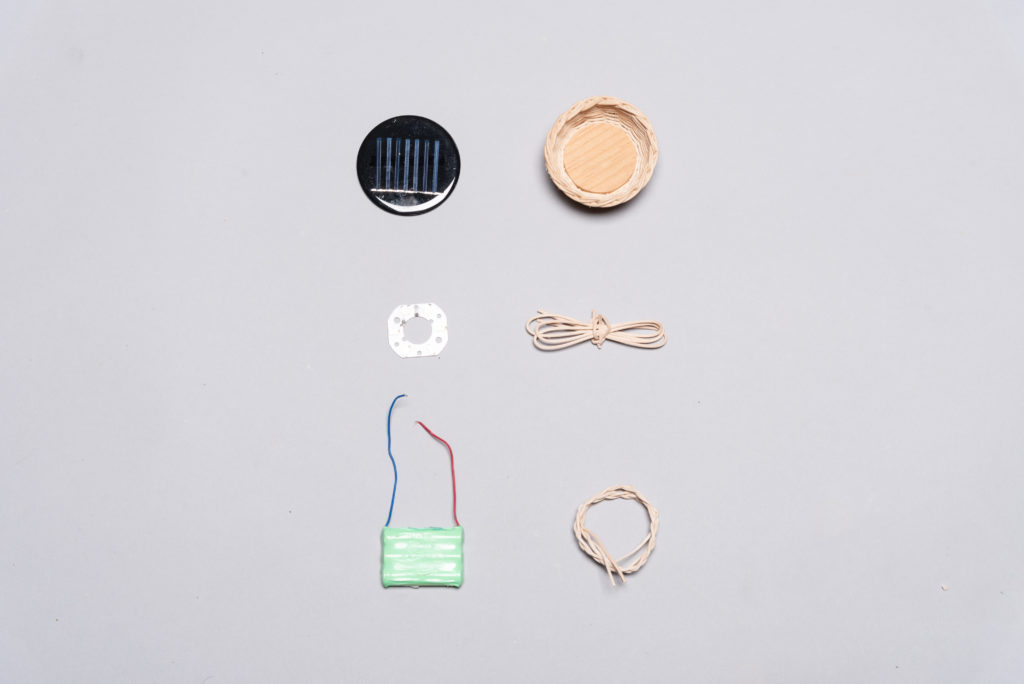
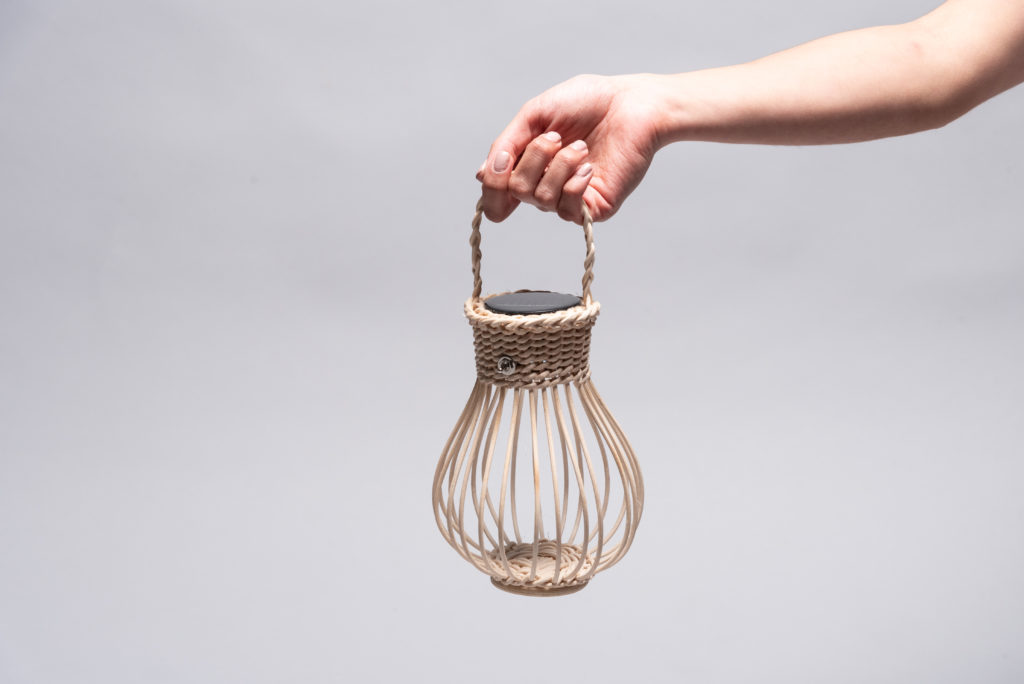
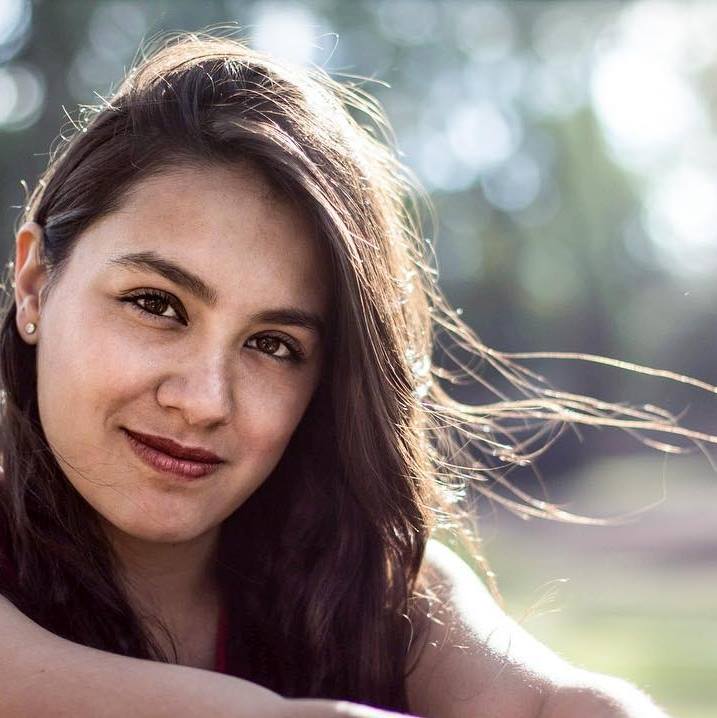
Aniela Mayte Guerrero
Nearly 7 million Mexicans live in isolated rural populations and have no electricity services. They face to a greater extent the exclusion and the lack of indispensable equipment for the well-being and development. Due to this, the idea behind the project was creating a biomaterial for the manufacture of an auxiliary low-cost solar lamp, to achieve that any person in the Mexican Republic could make their own.
Fernando Barrios | @luisfernandobarrios
Naoto Ricardo Kobayashi Utsumoto | @_nao.what_
Rafael Brizuela | Portfolio
Viridiana Palma Dominguez | @thinkitanalyzeit | Portfolio
Aniela Mayte Guerrero Hernández | LinkedIn
Oscar Méndez H. | @oscarmendezhdez
Honorable mention to Charlotte Liebling, Central Saint Martins (UK) for her Welcome Box project.
With many of our aging population looking to care and assisted living as an answer to loneliness and fear of being a burden to family, we face a situation in which services and resources are increasingly stretched.
In the UK, we can be reticent about saying more than a polite hello to our neighbours. Streets is a monthly subscription service, which helps open doors and connect neighbours. It helps them find rewarding ways to meet each other’s practical and social needs, transforming streets into self-sustaining communities.
The service comprises seven elements (skills, time, resources, environment, engagement, training, security), whose names make up the ‘S.t.r.e.e.t.s’ acronym. Unlike many other approaches to Senior Care, S.t.r.e.e.t.s values and is geared also to harness the potential which older adults have, to support younger generations.
Charlotte Liebling | @charlotte_liebling| Portfolio
The Jury to award the best 2020 design student projects was led by Avinash Rajagopal, Metropolis magazine, and included Roxane Spears, LEED AP, Vice President Sustainability North America at Tarkett; Matilda McQuaid, Deputy Curatorial Director at Cooper Hewitt, Smithsonian Design Museum; Jean-Jacques L’Henaff, Vice President, Design, for the American Standard and DXV brands under the LIXIL Americas division; as well as Odile Hainaut and Claire Pijoulat, co-founders of WantedDesign.

Roxane Spears 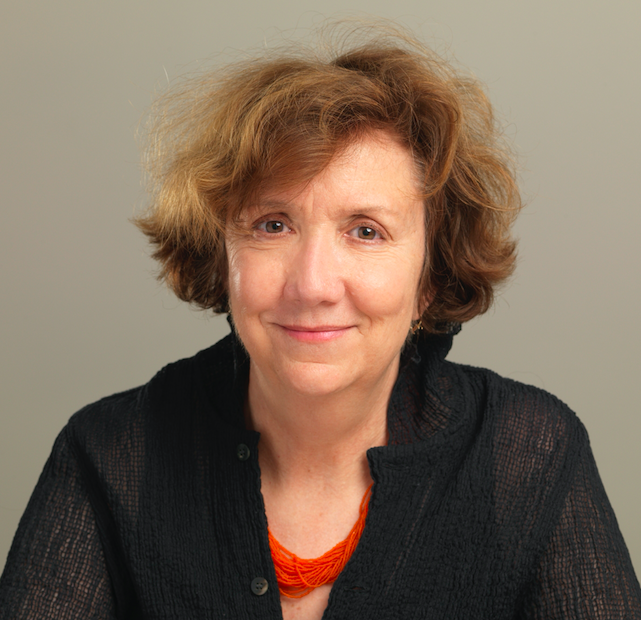
Matilda McQuaid 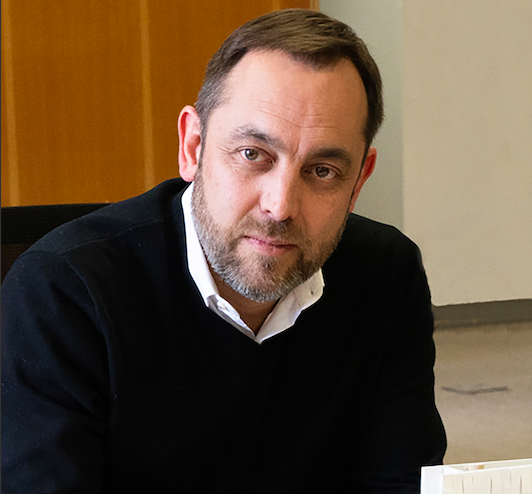
Jean-Jacques L’Henaff 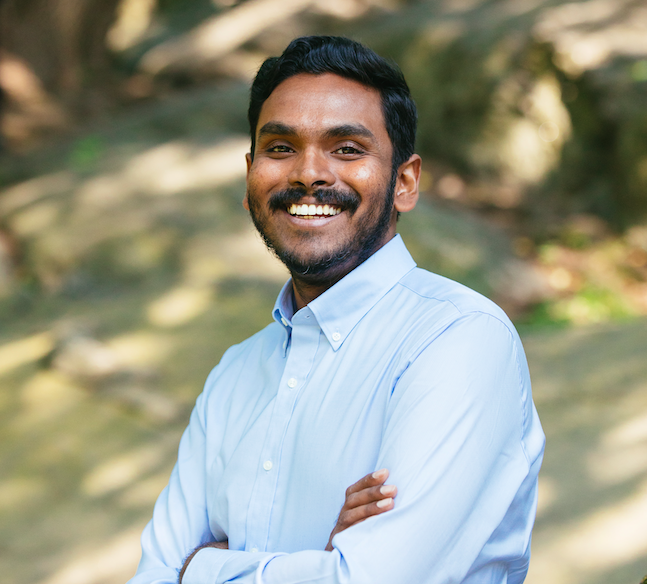
Avinash Rajagopal
This program is supported by





